The Intel Core Ultra 9 285K vs Ryzen 9 9950X competition is intense. The Core 9 285K ushers in a new era for Intel desktop CPUs. Questionable naming scheme aside, the Ultra 9 285K is the highest-performing offering from Intel’s latest Arrow Lake lineup of CPUs, even though its value proposition is clearly lacking. With this lineup, Intel has finally jumped into the next generation and embraced exclusive DDR5 support, just like AMD did a few years ago.
Speaking of AMD, we also have the flagship AMD Ryzen 9 9950X representing Team Red in this faceoff. Now granted, the Ryzen 9 9950X is no longer the latest and greatest from AMD (that title now belongs to the Ryzen 9 9950X3D and its gaming-optimized brethren), but it remains a very competent multi-purpose desktop CPU, prepared to give Intel a run for its money with its lower-than-X3D pricing.
The purpose of this faceoff is simple: Put the flagship Intel CPU against the flagship general-purpose AMD CPU and see who wins. We will put these two CPUs through a gauntlet of tests to see which CPU is truly worthy of your consideration. Let’s look at the tale of the tape first.
Features and Specifications: AMD Ryzen 9 9950X vs Intel Core Ultra 9 285K
The AMD Ryzen 9 9950X and Intel Core Ultra 9 285K stand as flagship general-purpose desktop CPUs from their respective manufacturers, targeting enthusiasts and gamers who require exceptional performance. Both processors use cutting-edge technologies, yet they diverge in design philosophy and implementation.
Swipe to scroll horizontally
$540 ($599) | Zen 5 | 16 / 32 | 4.3 / 5.7 | — | 80MB (16+64) | 170W / 230W | DDR5-5600 | |
Core Ultra 9 285K | $580 ($599) | Arrow Lake | 24 / 24 (8+16) | 3.7 / 5.7 | 3.2 / 4.6 | 76MB (40+36) | 125W / 250W | CUDIMM DDR5-6400 / DDR5-5600 |
Under the hood, the 9950X employs AMD's traditional approach with 16 identical Zen 5 cores supporting 32 threads through simultaneous multithreading (SMT), operating at a base clock of 4.3 GHz and boosting up to 5.7 GHz.
In contrast, the 285K utilizes Intel's hybrid architecture featuring eight Lion Cove performance cores and 16 Skymont efficiency cores for a total of 24 cores and 24 threads, with the P-cores running at 3.7 GHz base and 5.5 GHz boost, while E-cores operate between 3.2 GHz and 4.6 GHz. Intel has eliminated hyperthreading entirely from its Arrow Lake architecture, relying instead on the combination of specialized core types to achieve higher multithreaded performance.
The Ryzen 9 9950X is fabricated using TSMC's N4P (4nm) process, maintaining AMD's dual-chiplet design with two CCDs containing eight cores each. Intel's 285K represents a more complex multi-tile approach, with the compute tile manufactured on TSMC's advanced N3B (3nm) process node. This gives Intel a theoretical process advantage with its 3nm compute cores, though the overall complexity and cost of the multi-tile design are significantly higher than AMD's more streamlined monolithic single-die approach.
The 9950X features a substantial 64MB of L3 cache shared across its 16 cores, complemented by 16MB of L2 cache. The 285K implements a different cache hierarchy with 36MB of shared L3 cache and 40MB of total L2 cache distributed differently between P-cores and E-cores.
Memory support also differs notably, with the 9950X officially supporting DDR5-5600 while the 285K supports DDR5-6400, giving Intel a theoretical bandwidth advantage here. The 285K also supports CUDIMMs, whereas the AMD processor does not. Both processors support up to 192GB of memory across dual channels with ECC capability.
When we move on to platform integration and connectivity, it reveals the maturity difference between AMD's established AM5 ecosystem and Intel's new LGA1851 platform. The 9950X operates within AMD's mature AM5 socket, supporting a wide range of chipsets from budget A620 to flagship X870E options, with extensive motherboard choices and competitive pricing.
Intel's 285K requires the new LGA1851 socket exclusively with Z890 chipset support initially, though B860 and H810 options are also available now. Power consumption specifications show the 9950X with a 170W TDP and 230W maximum boost power, while the 285K features a lower 125W base power rating but can consume up to 250W under maximum turbo conditions.
The 285K also integrates Intel's first desktop NPU, providing 13 TOPS of AI performance and enhanced integrated graphics with 64 execution units, features absent from the 9950X's basic dual-core Radeon graphics implementation.
⭐Winner: Tie
There is not much to separate the two CPUs at the end of the first round. Both CPUs have their advantages on paper, but they ultimately cancel each other out. The Core Ultra 9 285K has support for faster memory and a unique NPU, while the Ryzen fights back with more threads and L3 cache.
Gaming Benchmarks and Performance: AMD Ryzen 9 9950X vs Intel Core Ultra 9 285K
For this comparison, we tested a wide variety of games from different genres at 1080p with a mix of High/Ultra settings in order to get a good understanding of where each CPU stands. We chose the 1080p resolution for this testing since it makes the game CPU-dependent and accentuates the differences between the various CPUs.
We paired our CPUs with the powerful GeForce RTX 5090 graphics card to eliminate any potential bottlenecks that could impact our results.
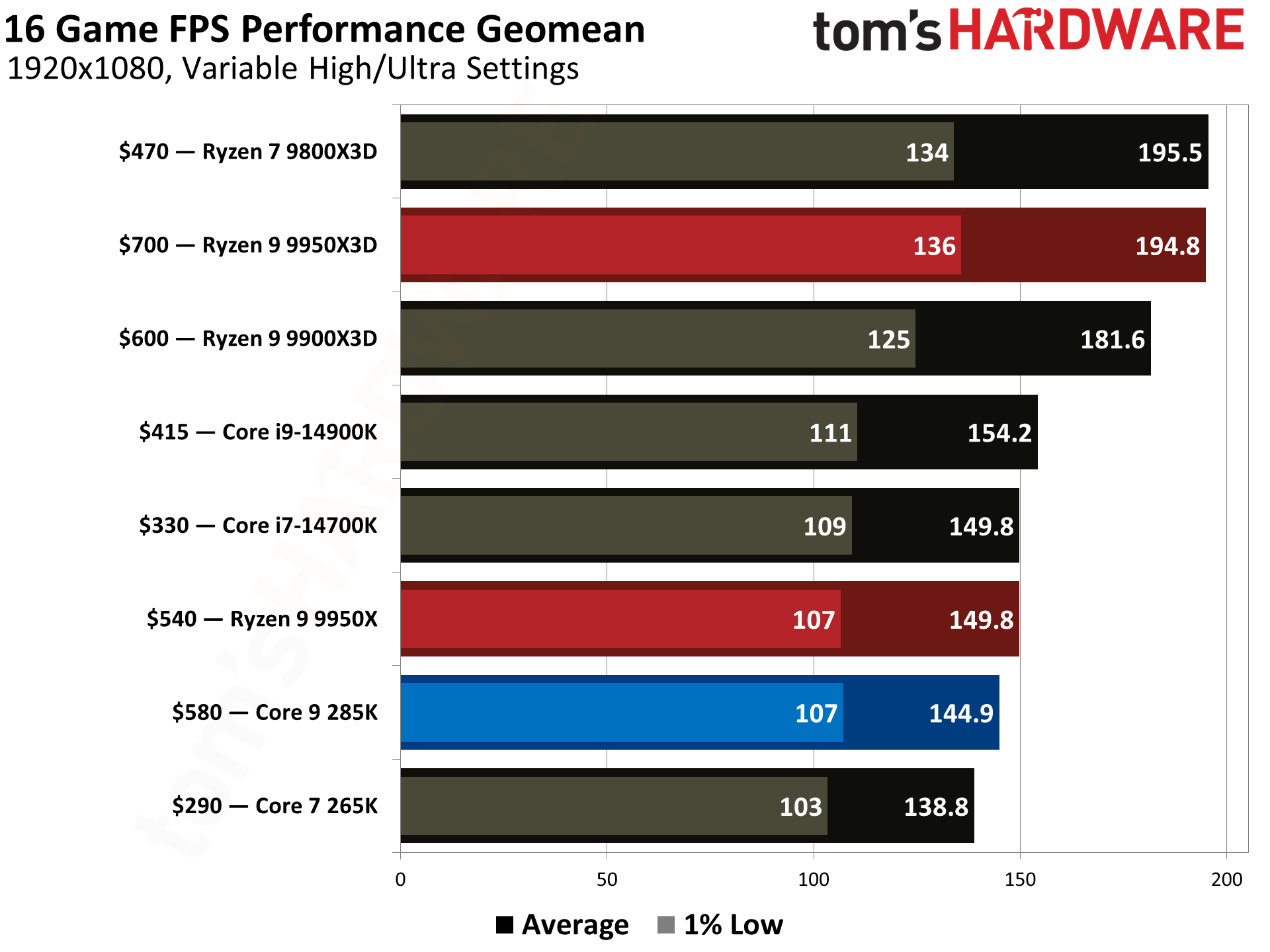
The Ryzen 9 9950X holds a slight edge in average FPS across 16 games, scoring 149.8 FPS in the Geomean compared to the Core Ultra 9 285K's 144.9 FPS, which is a nominal 3.4% lead. This advantage can be mainly attributed to AMD’s Zen 5 architecture excelling in cache-sensitive titles.
However, both CPUs are evenly matched in 1% lows, tying at 107 FPS, indicating similar stability during gameplay in our tested titles.
Looking at individual titles gives us a better overall picture. In A Plague Tale: Requiem, the AMD Ryzen 9 9950X dominates, averaging a 10.6% lead over its Intel counterpart. In Cyberpunk 2077, Intel reverses the trend, averaging a 9.9% better result than the Ryzen.
Skimming through the other results, we can see that in Monster Hunter Wilds, AMD maintains a narrow lead of roughly 3%, which reflects Zen 5’s efficiency in modern game engines.
As both CPUs deliver identical 1% lows in the 16-game geomean, there is comparable frame-time consistency in the individual results as well. However, Cyberpunk 2077 is a notable title where Intel’s 1% low performance surpasses AMD’s by 12.5%, perhaps thanks to its faster P-cores handling sudden physics loads.
Moving on to gaming efficiency, the Core Ultra 9 285K is significantly more power-efficient according to our testing, consuming 10% less power on average than the Ryzen 9 9950X during gaming. This yields an efficiency rating of 1.37 FPS/W for Intel compared to AMD’s 1.27 FPS/W, which is a decent 8% advantage.
Intel’s tile-based manufacturing and optimized voltage regulation likely contribute to these gains, making it cooler and quieter during extended sessions.
Among these two CPUs, AMD offers better value at the current market price, achieving a 12% advantage in FPS/$ over Intel. The 9950X’s lower price and competitive performance make it more cost-effective, though Intel’s efficiency narrows the gap for gamers who want the lowest power consumption.
Putting it all together, it can be concluded that the Ryzen 9 9950X is the marginally stronger gaming CPU. For pure FPS, AMD’s 3.4% average lead and superior FPS-per-dollar rating make it the winner, but Intel’s power savings and identical 1% lows may appeal to users prioritizing thermals or quieter systems.
⭐Winner: AMD Ryzen 9 9950X
A very closely contested round, but AMD just edges out Intel in average FPS, even though Intel delivered identical performance in 1% lows and had better efficiency during gaming.
Productivity Performance: AMD Ryzen 9 9950X vs Intel Core Ultra 9 285K
Based on our comprehensive testing and benchmark data, the productivity performance battle between the AMD Ryzen 9 9950X and the Intel Core Ultra 9 285K paints a competitive picture, with each CPU demonstrating distinct strengths depending on the workload type and threading.
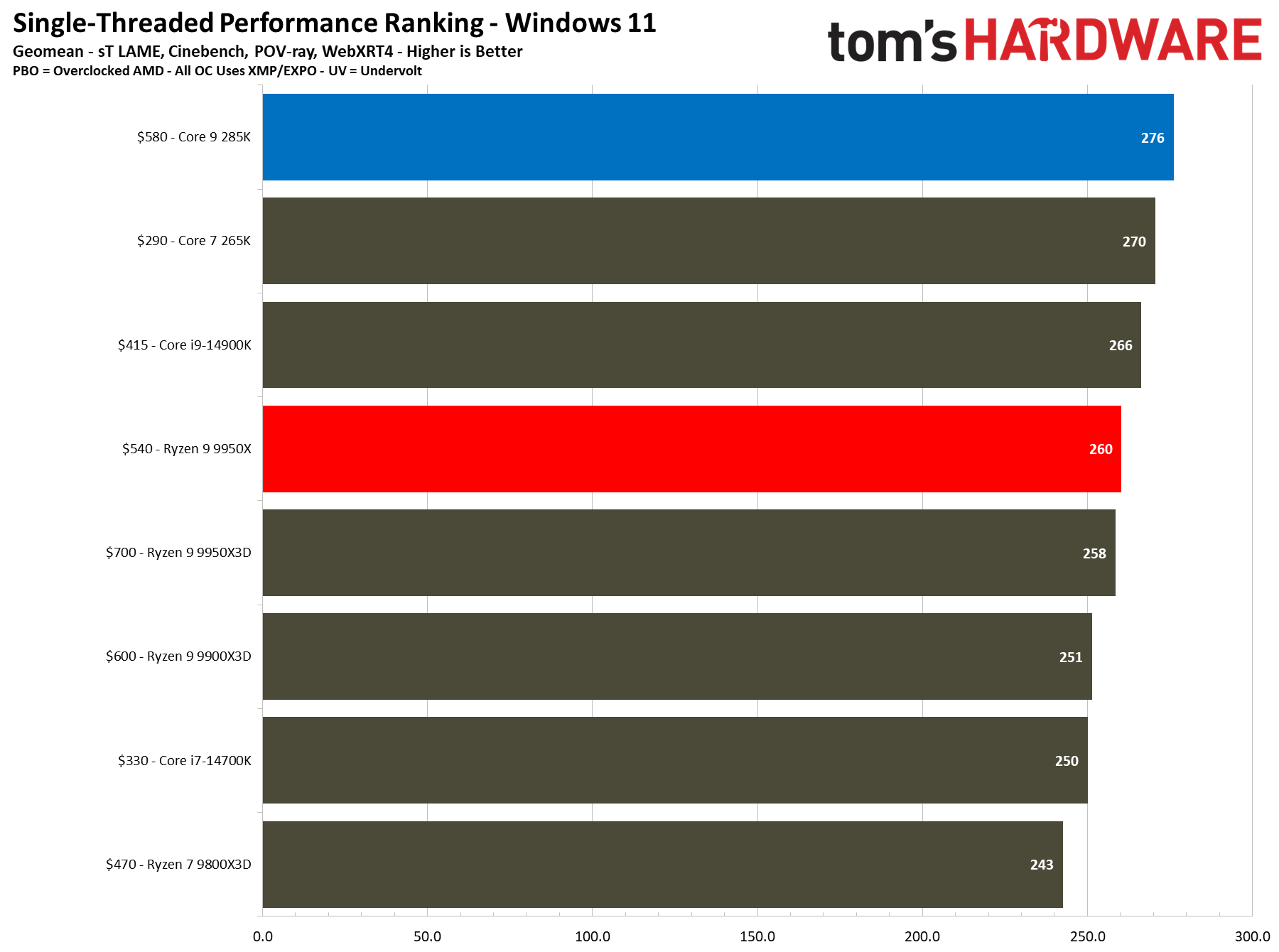
In pure single-threaded tasks, the Core Ultra 9 285K holds a clear advantage. This is evident in our overall single-threaded performance ranking geomean, where the 285K scores 276 points compared to the 9950X's 260 points, revealing a 6.2% lead for Intel.
This superiority is consistent across individual single-threaded benchmarks as well. We can see that in Cinebench 2024 single-core, the 285K is a respectable 6.1% faster than the Ryzen 9 9950X. The gap is seen increasing in POV-Ray single-core, where the 285K achieves a substantial 30.4% lead over its competitor. This demonstrates the 285K's superior peak per-core performance, crucial for latency-sensitive applications.

Despite Intel's single-core lead, the Ryzen 9 9950X fights back effectively in multi-threaded scenarios. Our "Multi-Threaded Performance Ranking" geomean places the 9950X at 632 points, slightly ahead of the 285K's 618 points, which is a 2.3% lead for AMD. However, this overall parity masks significant variations in specific workloads.
In Cinebench 2024 multi-core, the 285K edges out the 9950X with a 3.3% higher score. The situation seems to get even better for Intel in POV-Ray multi-core, where the 285K scores a significant 14.4% lead over the 9950X.
On the flip side, AMD’s Ryzen 9 9950X leverages its Zen 5 cores to take leads in Blender Monster, Junkyard, and Classroom benchmarks as well as HandBrake x265 encoding tests, where the Ryzen holds significant leads varying from 6-10% depending on the workload.
In the WebXPRT 4 browser performance benchmark, we see virtually identical results between the two CPUs with a negligible 0.2% lead for the Ryzen 9 9950X. The productivity results seem to be a mixed bag, with quite a bit of variance depending on the particular task.
The Ryzen 9 9950X's slightly lower price enhances its value proposition in multi-threaded productivity. It's 2.3% lead in the multi-threaded geomean, combined with a 7% lower price, gives it a noticeable advantage in multi-threaded pricing efficiency. While the 285K offers superior peak single-threaded speed, this comes at a premium cost.
Looking at the bigger picture, the Ryzen 9 9950X and Core Ultra 9 285K deliver exceptionally competitive productivity performance, trading blows depending on the task. Intel's 285K is the definitive champion for single-threaded workloads and shows significant strength in POV-Ray rendering. AMD's 9950X, however, counterpunches with a slight overall lead in multi-threaded performance, potentially stronger Blender results, and better performance-per-dollar.
⭐Winner: AMD Ryzen 9 9950X
This round could easily have gone either way, but the AMD Ryzen 9 9950X holds a slight lead in multi-threaded performance, which is what the majority of productivity applications lean towards. However, you should check out individual benchmarks to see which CPU is faster in your particular workflow.
Overclocking: AMD Ryzen 9 9950X vs Intel Core Ultra 9 285K
AMD's approach to overclocking targets user-friendliness and efficiency within thermal and power limits. The Ryzen 9 9950X leverages AMD's Precision Boost Overdrive 2 (PBO2) technology and Curve Optimizer. PBO2 allows enthusiasts to relax power limits, letting the CPU's internal algorithms push frequencies higher automatically based on thermal headroom and workload.
The Curve Optimizer is a key strength, enabling fine-grained, per-core negative voltage offsets. This undervolting reduces heat and power consumption, often allowing sustained higher boost clocks without manually setting fixed high voltages or frequencies. AMD's platform generally offers robust memory overclocking support (EXPO) alongside CPU tuning.
While manual static overclocking is possible, the greatest gains often come from intelligently optimizing PBO2 and Curve Optimizer settings, which are less thermally demanding than brute-force voltage increases. AMD users can achieve performance gains through both automatic and manual tuning approaches; however, these gains can be comparatively limited due to the aggressive out-of-the-box tuning that delivers the lion's share of performance at stock settings.
Intel's Core Ultra 9 285K maintains the company's traditional strength in manual overclocking capabilities, offering extensive BIOS options and granular control over frequencies and voltages.
Intel now offers warrantied memory overclocking through its 200S Boost feature. While this feature doesn't offer much, if anything, beyond the gains seen with standard XMP memory overclocking, it does provide warranty protection for memory overclocking, a feature that AMD still doesn't offer. Intel also supports CUDIMM memory, which generally makes higher memory transfer rates more easily achievable with Intel processors, as opposed to the typical requirement of finding a cherry chip with an exceptional integrated memory controller (IMC).
Arrow Lake introduces new complexities with its Digital Linear Voltage Regulator (DLVR) technology and hybrid architecture combining P-cores and E-cores.
The DLVR system enables lower voltage operation but requires more sophisticated tuning compared to previous Intel generations. The 285K also features Thermal Velocity Boost (TVB) and Overclocking Thermal Velocity Boost (OCTVB) technologies that automatically adjust frequencies based on temperature conditions.
While these provide performance benefits, they can complicate manual overclocking efforts as they introduce additional variables to consider. Intel's approach traditionally offers more overclocking headroom in terms of raw frequency gains, but the Arrow Lake architecture's complexity means achieving optimal results requires more expertise than previous generations
Regardless, the Core Ultra 9 285K can achieve higher absolute frequencies and provides the hands-on tuning experience and the results that many hardcore overclockers prefer.
⭐Winner: Intel Core Ultra 9 285K
For manual overclocking enthusiasts who prefer traditional hands-on tuning, Intel's 285K provides more flexibility and overclocking headroom, while AMD's 9950X is also quite capable with its sophisticated automated boost technologies and user-friendly tuning tools. The 285K supports higher standard memory overclocks and supports CUDIMMs that lower the bar for bleeding-edge memory transfer rates. The pathway to warrantied memory overclocking also gives Intel the edge in this category.
Power Consumption, Efficiency, and Cooling: AMD Ryzen 9 9950X vs Intel Core Ultra 9 285K
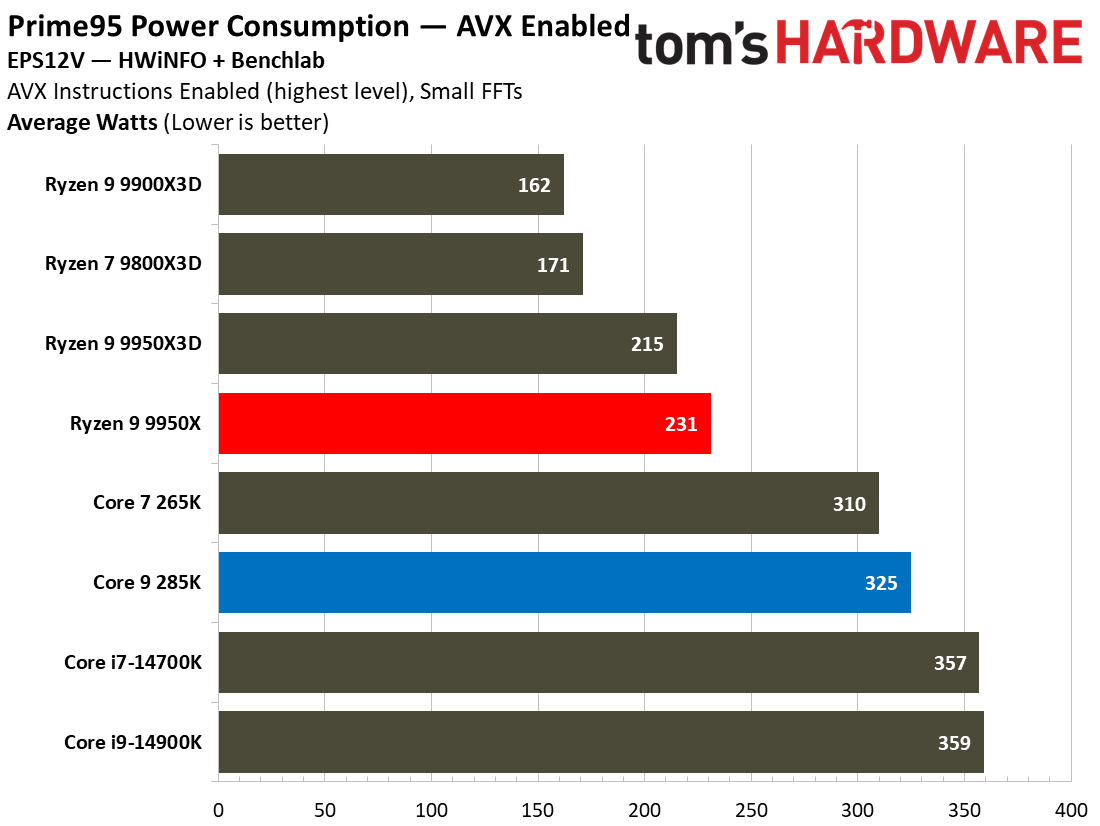
Based on our comprehensive testing, the Core Ultra 9 285K demonstrates superior efficiency in low-utilization scenarios. During true idle states, it consumes just 16W, which is a 37.5% advantage for Intel.
This gap becomes more noticeable during active-idle tasks like YouTube playback, where the 285K uses a whopping 61% less power than the Ryzen 9 9950X. This efficiency stems from Intel’s hybrid architecture, which aggressively parks high-performance cores and delegates background tasks to low-power E-cores. In contrast, the Ryzen processor uses a central I/O die that can't be placed into an idle state, resulting in higher idle and active idle power consumption.
In sustained workloads, however, the power dynamic reverses sharply. During AVX-intensive stress tests like Prime95 Small FFTs, the 285K draws 325W, a staggering 40.7% higher than the 9950X's 231W. Similarly, in y-cruncher’s AVX workload, the Intel CPU consumes 31.7% more power than the AMD chip.
Even in rendering benchmarks like Cinebench 2024, the 285K was at a consistent 13% disadvantage to the Ryzen 9 in terms of power consumption. These differences highlight Intel’s reliance on higher voltage and clock speeds to maximize throughput, while AMD’s architecture and optimized core layout reduce power demands under load.

The Ryzen 9 9950X also excels in workload efficiency metrics. In the HandBrake x265 encoding test, it consumes 12.5% less watts per FPS than the Intel competitor. Cinebench 2024 further cements this advantage, where the 9950X delivers 7.8% better performance-per-watt than the 285K.
The HandBrake x265 task energy plot visually reinforces this point as well, positioning the 9950X closer to the "bottom-right" ideal (high fps, low energy), while the 285K resides higher on the energy axis. The AMD Ryzen 9 9950X delivers more FPS while consuming less task energy than the 285K in this particular workload.
Moreover, the Intel Core Ultra 9 285K’s higher power ceiling directly impacts thermal management. Its peak power draw of 325W in Prime95 demands robust cooling (likely a premium 360mm AIO or high-end air cooler) to prevent thermal throttling. Even a custom liquid cooling loop is not a bad option to consider if you can afford and maintain it.
In contrast, the 9950X’s 231W peak allows relatively effective thermal control with a high-quality 240mm AIO or dual-tower air cooler. You should consider investing in a good 360mm liquid cooler if you can afford it, but if your budget is tight, a well-built 240mm AiO will also suffice.
Summing up the power debate, while the Core Ultra 9 285K leads in idle/low-load efficiency, the Ryzen 9 9950X dominates under load with 10-40 % lower power consumption in multi-threaded benchmarks and 7-13% better performance per watt according to our testing.
Combined with its significantly lower peak power draw, AMD’s solution is more efficient for sustained workloads and easier to cool effectively.
⭐Winner: AMD Ryzen 9 9950X
For users prioritizing thermals, noise, and long-term power efficiency (especially in productivity or rendering scenarios), the 9950X offers a compelling advantage over the 285K.
Pricing: AMD Ryzen 9 9950X vs Intel Core Ultra 9 285K
When comparing the pricing of the AMD Ryzen 9 9950X and the Intel Core Ultra 9 285K, it’s crucial to look beyond just the CPU costs and evaluate the entire platform, including the motherboard, RAM, and CPU cooler.
At the time of writing, the Ryzen 9 9950X is priced around $540, while the Core Ultra 9 285K comes in slightly higher at ~$580. However, the total cost of building a system around these CPUs depends on more than just their sticker prices.
The 9950X benefits from AMD's mature AM5 platform, which offers a broader range of motherboard options across different price segments. Budget-conscious builders can opt for B650 motherboards starting around $150-200, while premium X670E options reach $300-400.
In contrast, Intel's new LGA1851 platform requires Z890 motherboards, which currently start at approximately $250-300 for basic models and can exceed $400-500 for feature-rich variants. This represents a $100-150 premium for Intel motherboards at comparable feature levels.
Memory and cooling considerations further influence the total platform cost equation. Both processors require DDR5 memory, with prices now more reasonable than during DDR5's initial launch, typically ranging from $40-60 for basic 16GB kits to $90-120 for high-performance 32GB configurations.
The cooling requirements present another cost consideration, as both processors demand powerful thermal solutions. The 9950X’s (relatively) lower power draw can be adequately handled by lower-cost coolers than the more voracious 285K.
When you look at the entire platform costs, it is easy to see which CPU is more cost-effective overall. The AMD processor not only costs $40-60 less at retail but also benefits from significantly lower motherboard costs, and it is relatively easier (and cheaper) to cool. The Ryzen 9 9950X has also been observed at online retailers for under $500 during promotional periods, further enhancing its value proposition.
Additionally, AM5's commitment to multi-generational CPU support through at least 2027 provides superior upgrade flexibility compared to Intel's historically frequent socket changes.
While the 285K offers competitive performance in specific workloads, the combination of higher CPU pricing, more expensive motherboards, and platform immaturity makes it a less compelling choice for enthusiasts who are looking to spend their money wisely.
⭐Winner: AMD Ryzen 9 9950X
The total cost for a high-performance system built around the Ryzen 9 9950X is demonstrably lower than one built around the Core Ultra 9 285K, which makes the Intel CPU a tough sell.
Bottom Line: AMD Ryzen 9 9950X vs Intel Core Ultra 9 285K
Swipe to scroll horizontally
| Row 0 - Cell 0 | AMD Ryzen 9 9950X | Intel Core Ultra 9 285K |
Features and Specifications | ❌ | ❌ |
Gaming | ❌ | Row 2 - Cell 2 |
Productivity Applications | ❌ | Row 3 - Cell 2 |
Overclocking | Row 4 - Cell 1 | ❌ |
Power Consumption, Efficiency, and Cooling | ❌ | Row 5 - Cell 2 |
Pricing | ❌ | Row 6 - Cell 2 |
Total | 5 | 2 |
After a hard-fought six-round AMD Ryzen 9 9950X vs Intel Core Ultra 9 285K boxing match, this comprehensive comparison has revealed a clear winner: The AMD Ryzen 9 9950X secures a decisive 5-2 victory over the Intel Core Ultra 9 285K.
While both CPUs represent the pinnacle of their respective manufacturers' current general-purpose desktop offerings, the Ryzen 9 9950X demonstrates a compelling blend of raw performance, efficiency, and value that ultimately gives it the edge across a wider range of critical metrics for high-end users.
The Ryzen 9 9950X's strengths are broad and impactful. It claimed wins in the gaming performance round and also dominated productivity performance in multi-threaded tasks. Crucially, AMD also secured significant wins in the efficiency and pricing rounds, which made it an irresistible value.
Intel's Core Ultra 9 285K fought back valiantly, showcasing excellent productivity performance in single-threaded tasks. Depending on your particular workload, the Core Ultra 9 285K might very well be the CPU of choice for your build. Moreover, the 285K is a compelling choice for a specific subset of extreme overclocking enthusiasts.
However, for the vast majority of users seeking top-tier performance across gaming, productivity, and content creation, while prioritizing efficiency, platform cost-effectiveness, and a balanced feature set, the Ryzen 9 9950X is the unequivocally superior choice.
🏆Winner: AMD Ryzen 9 9950X

 3 months ago
52
3 months ago
52
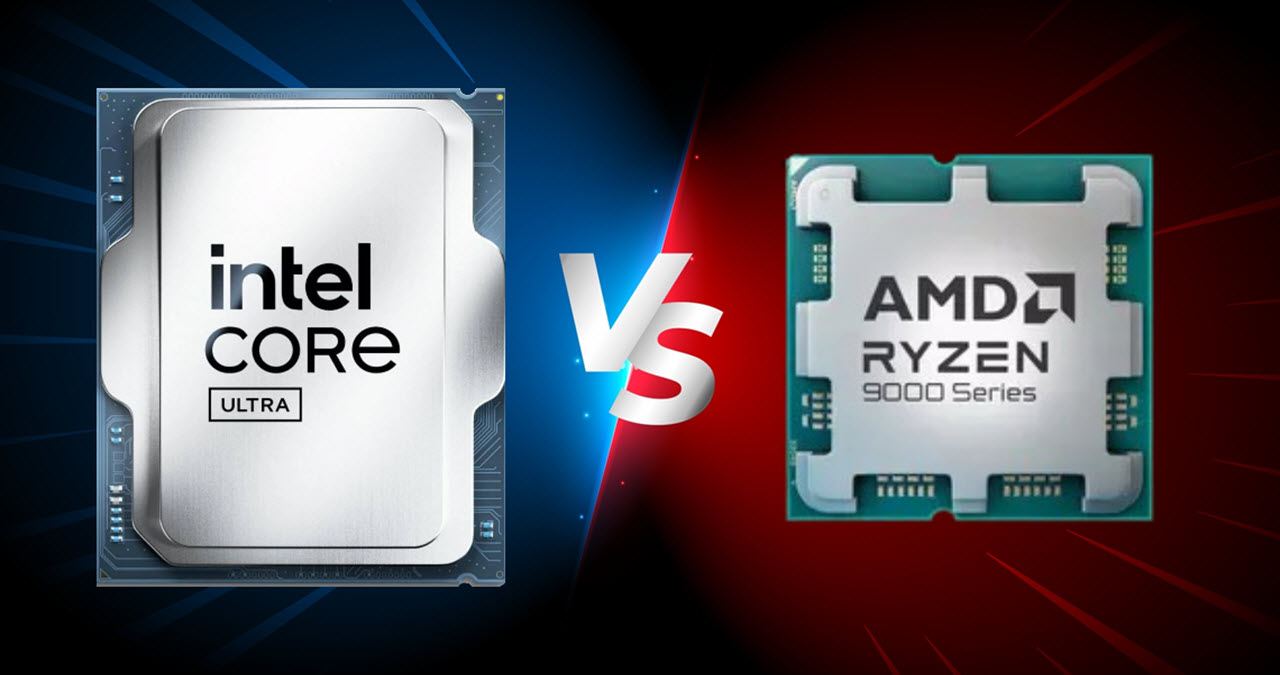
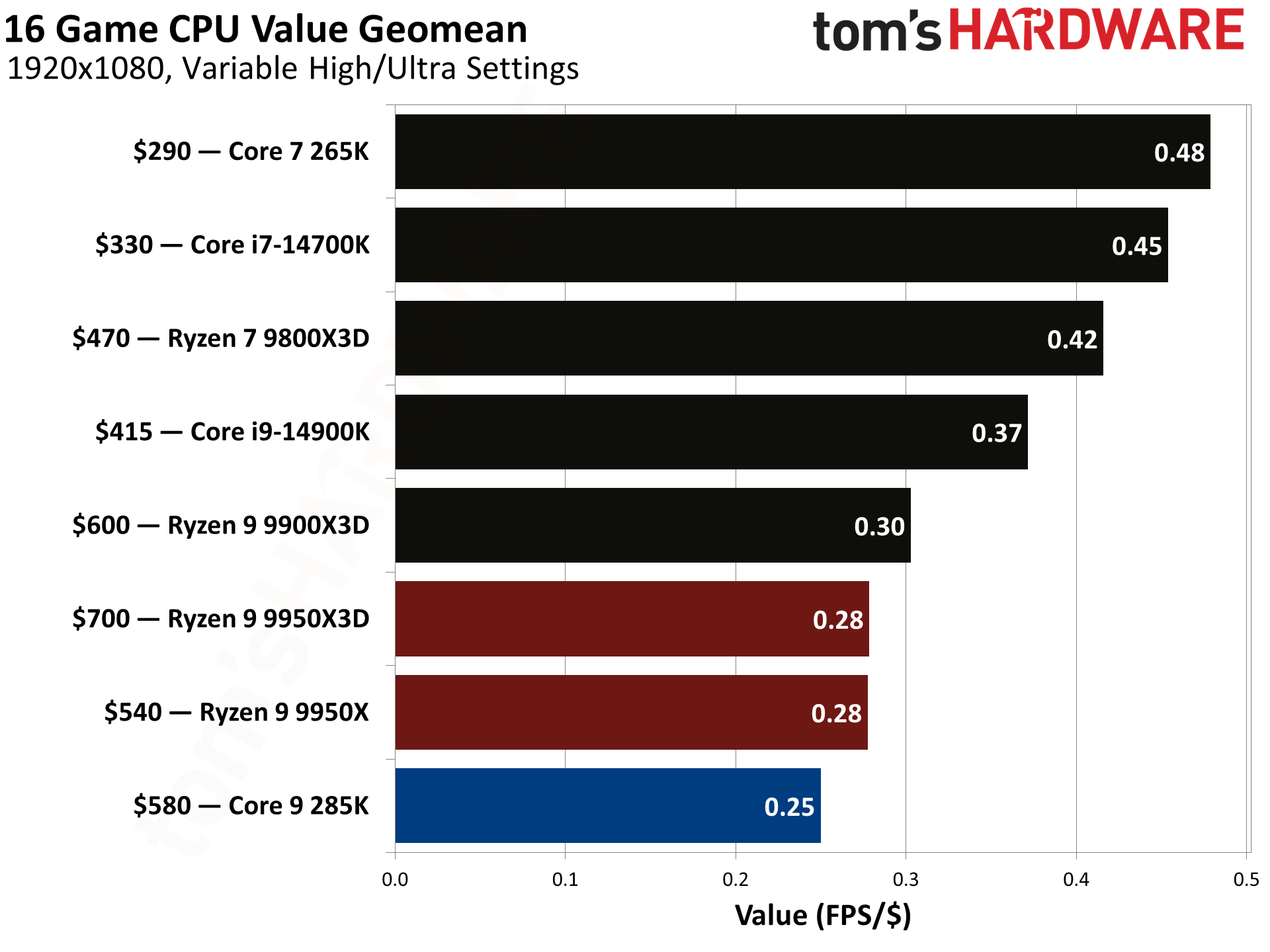
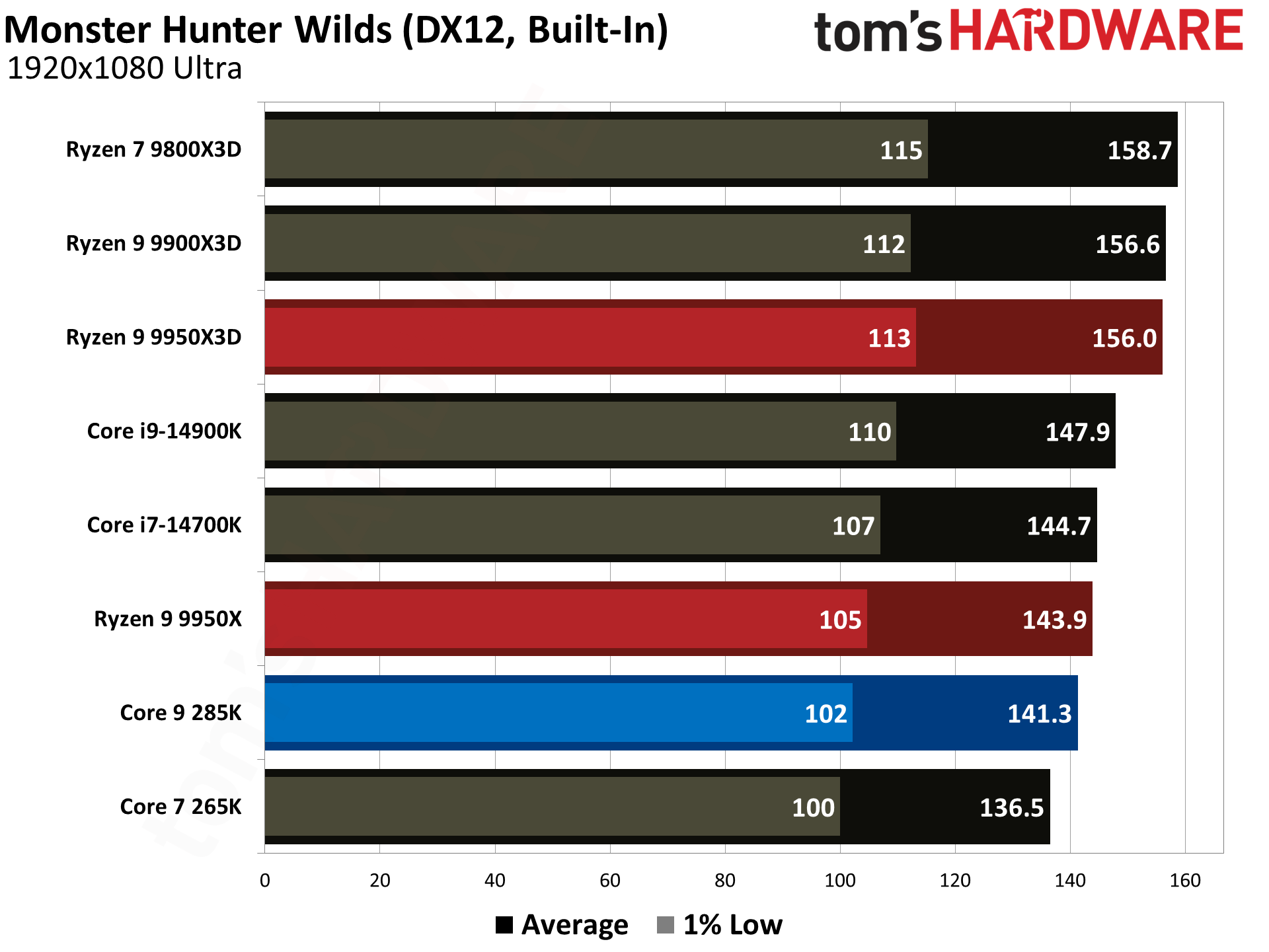

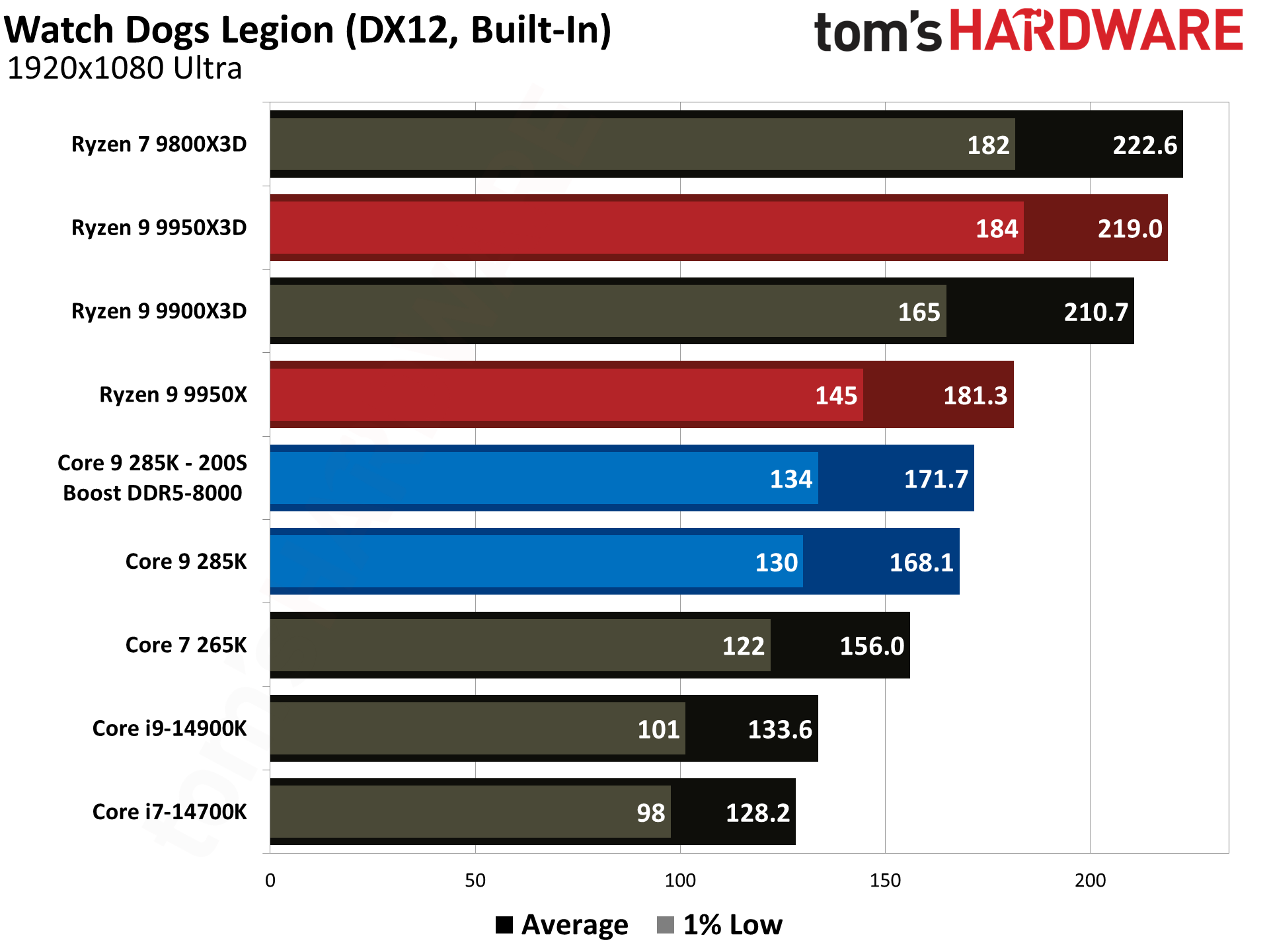
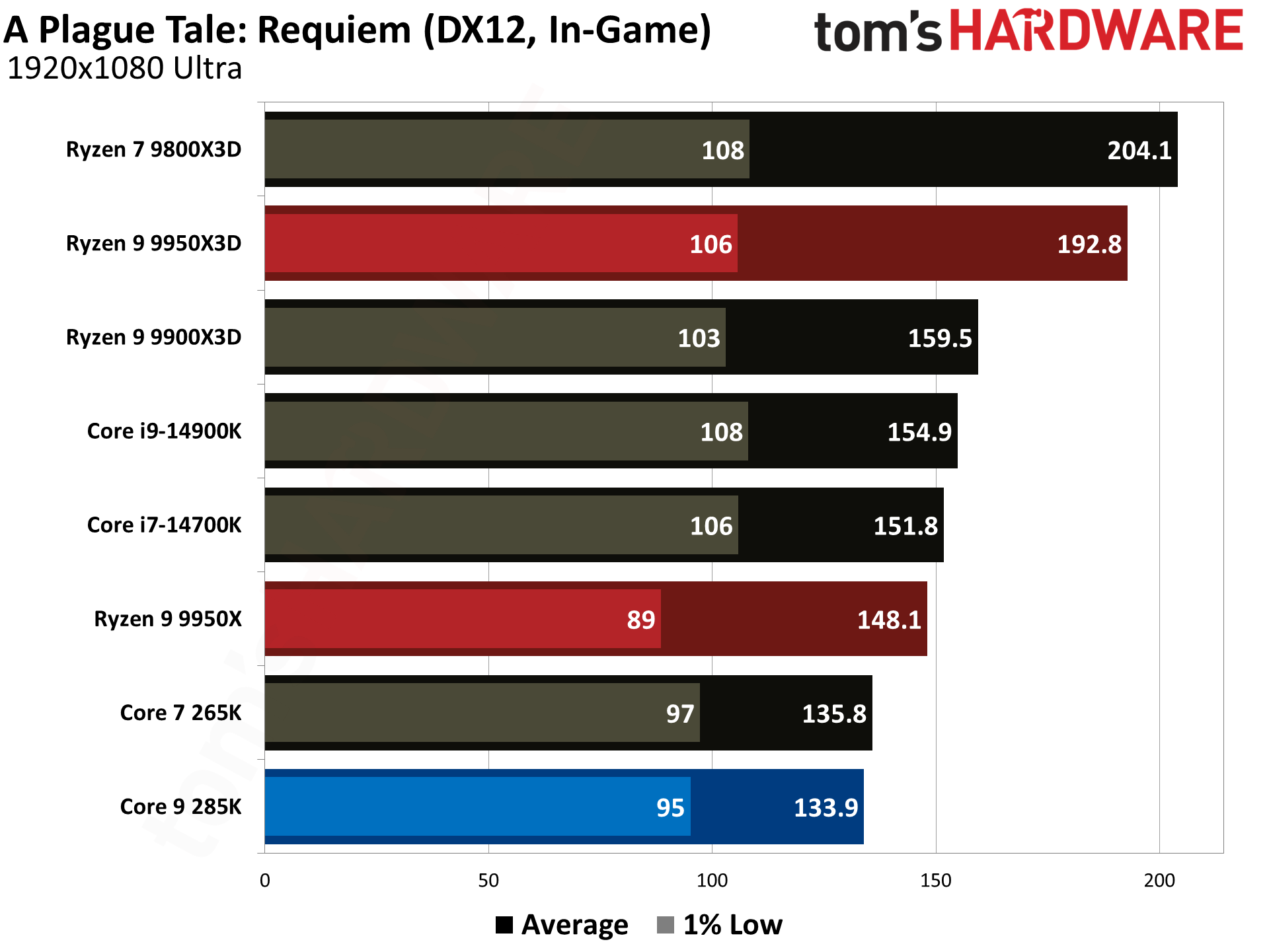
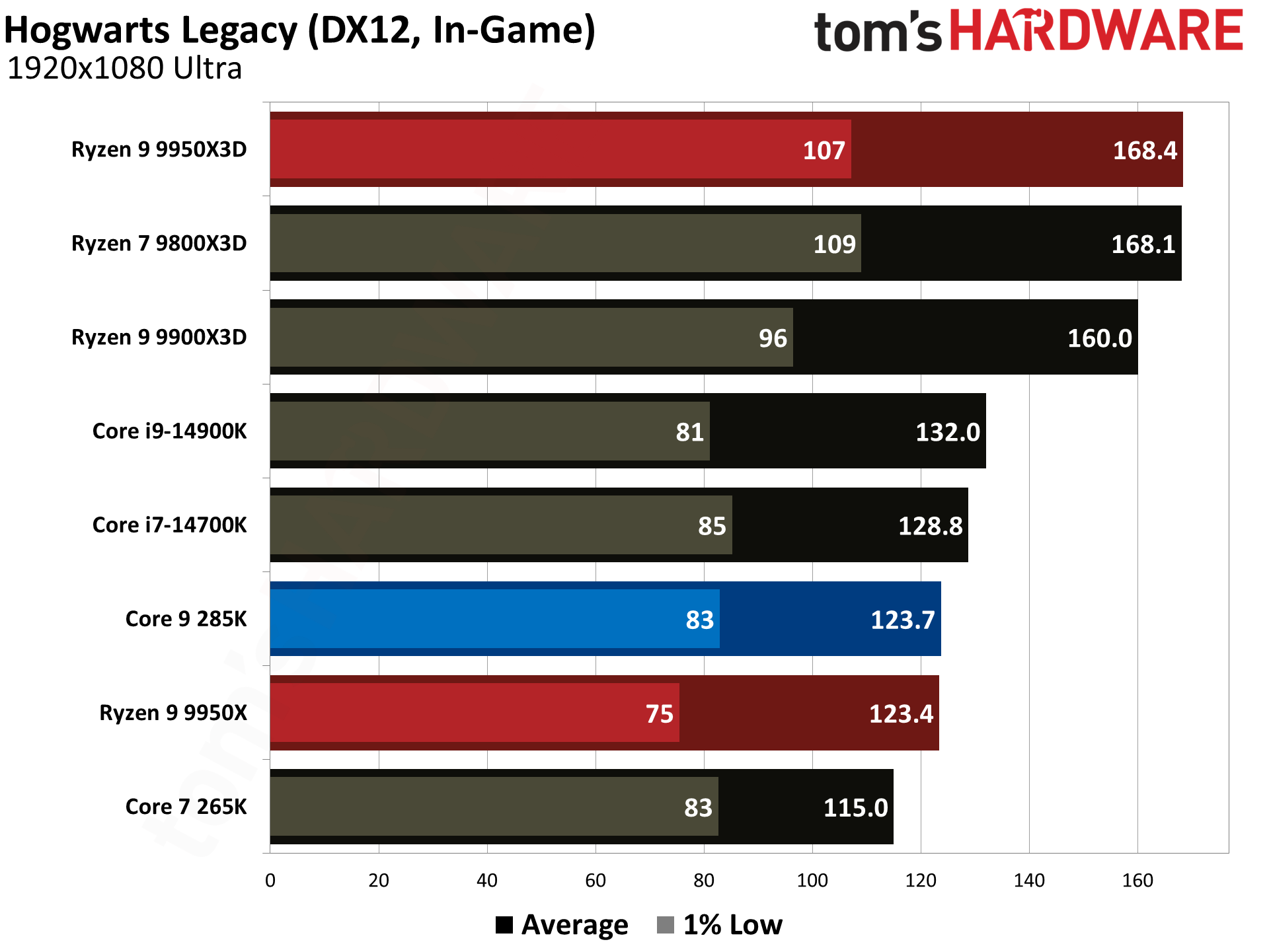
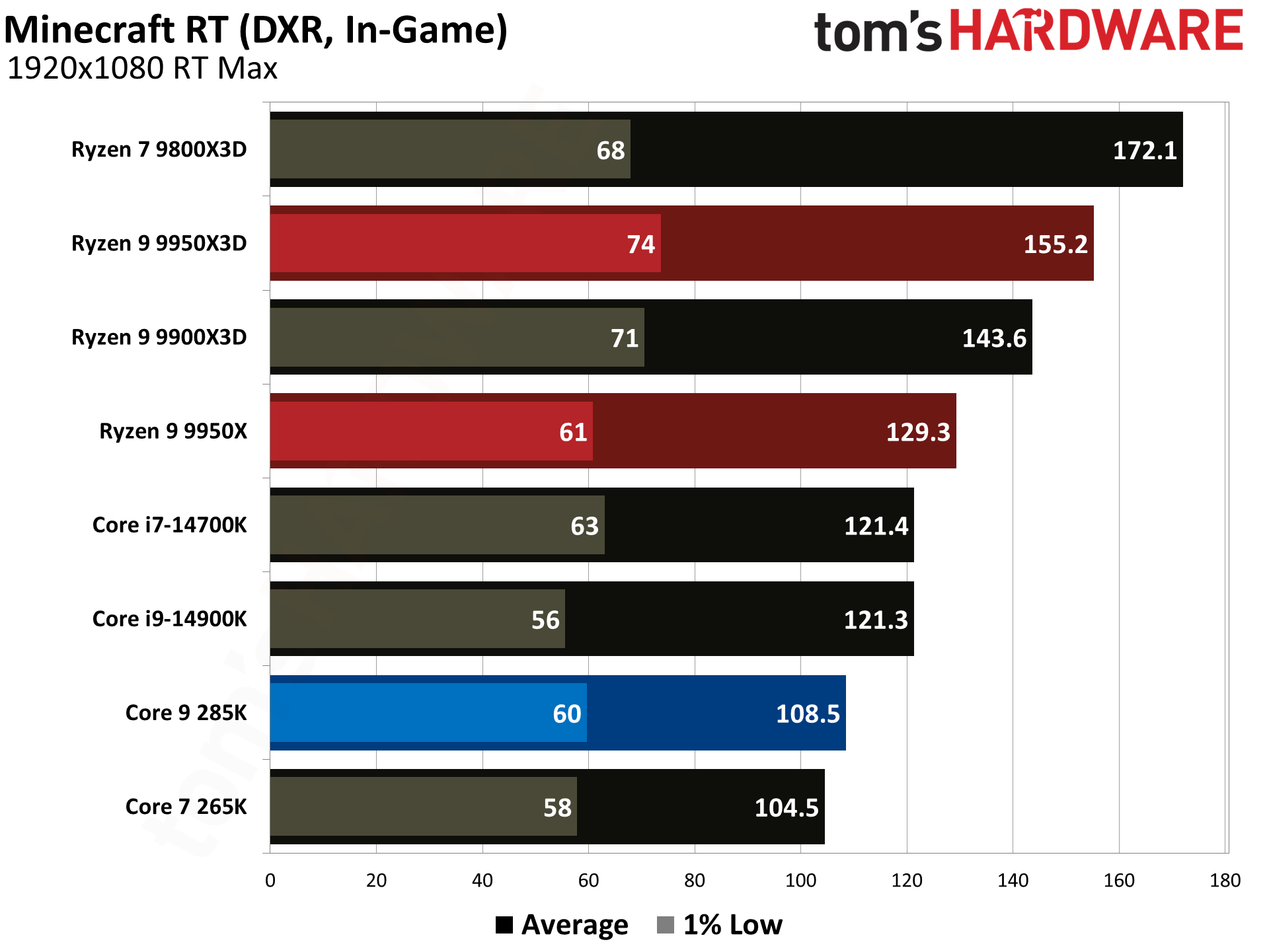
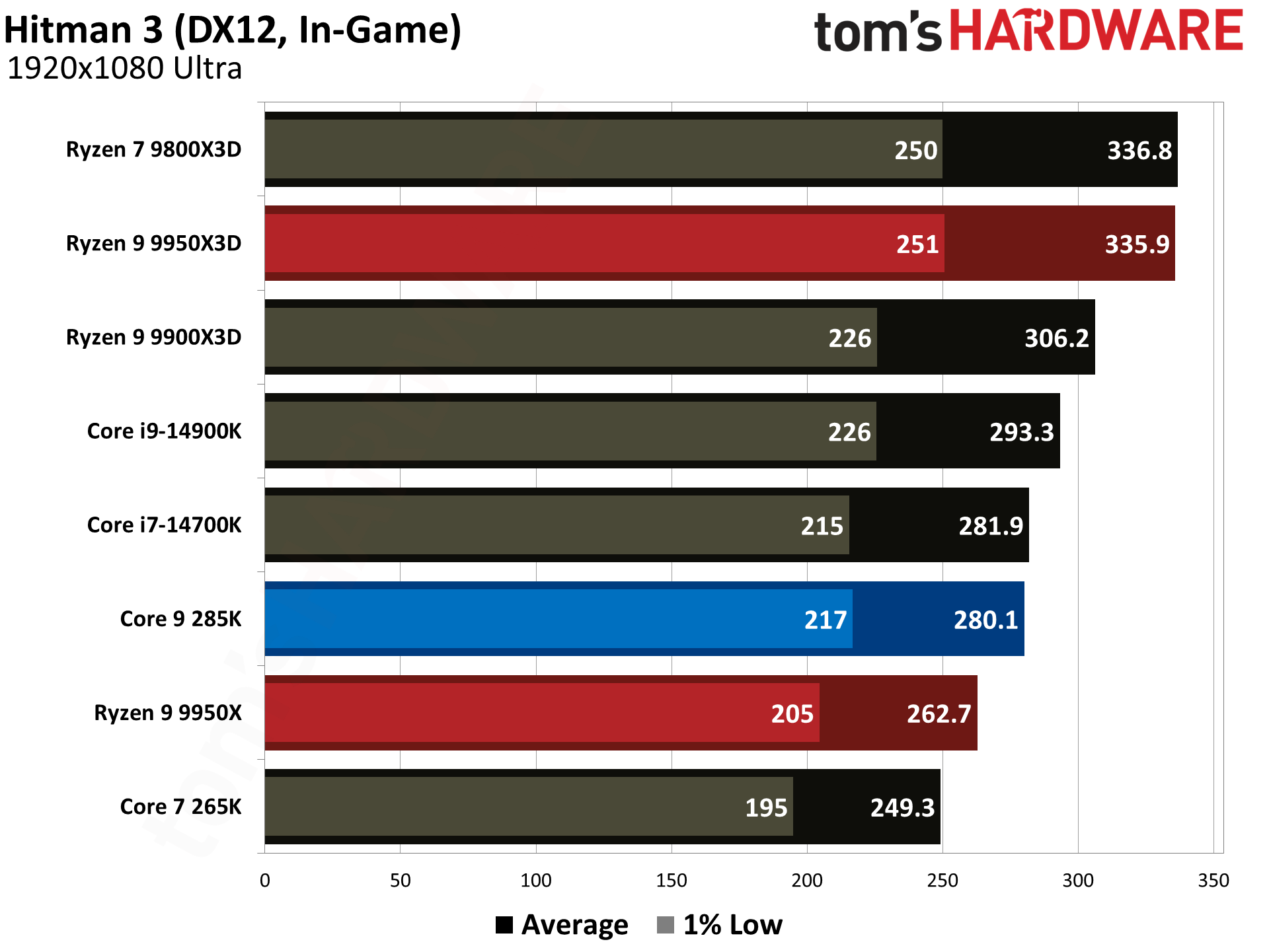
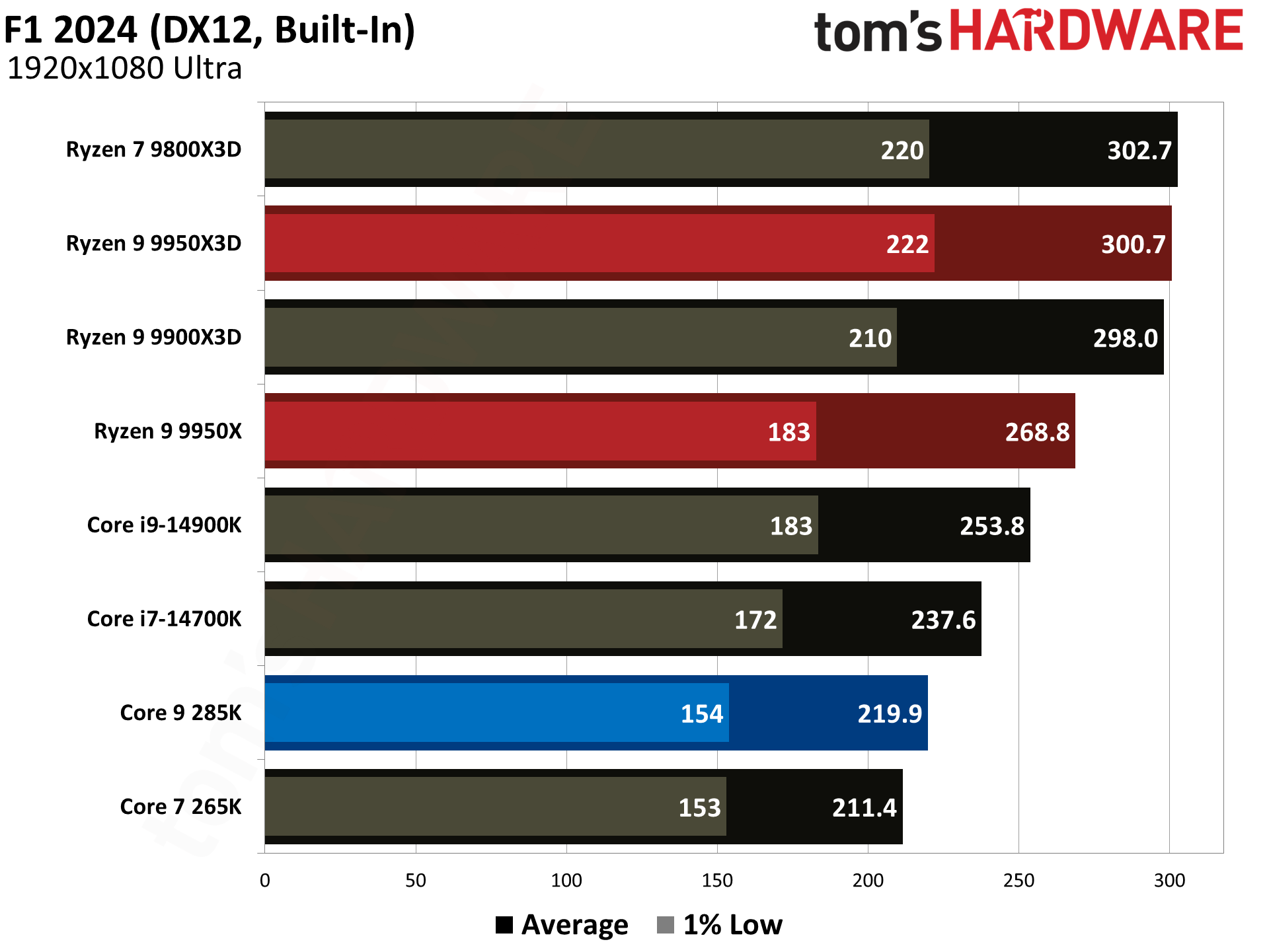
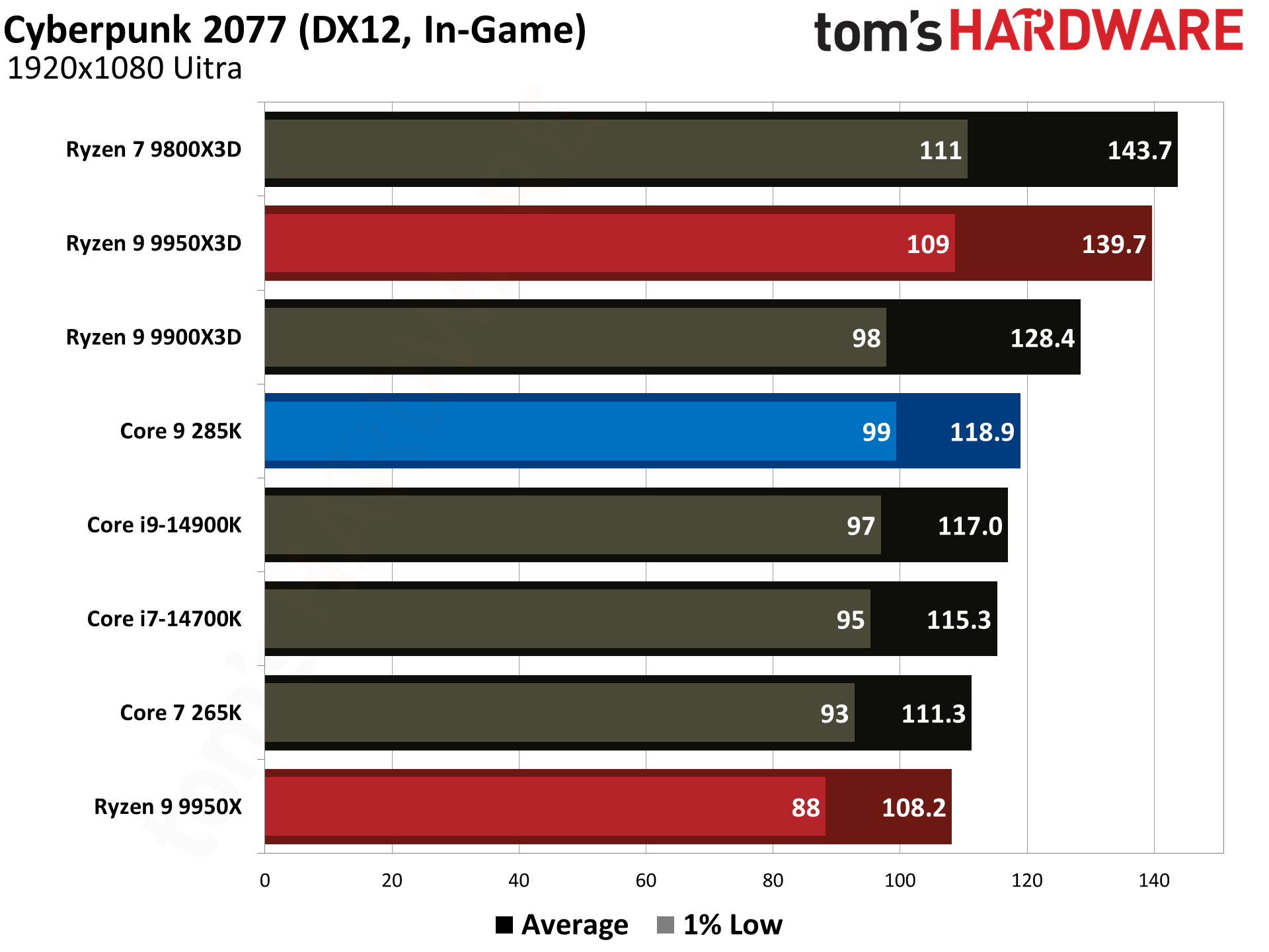
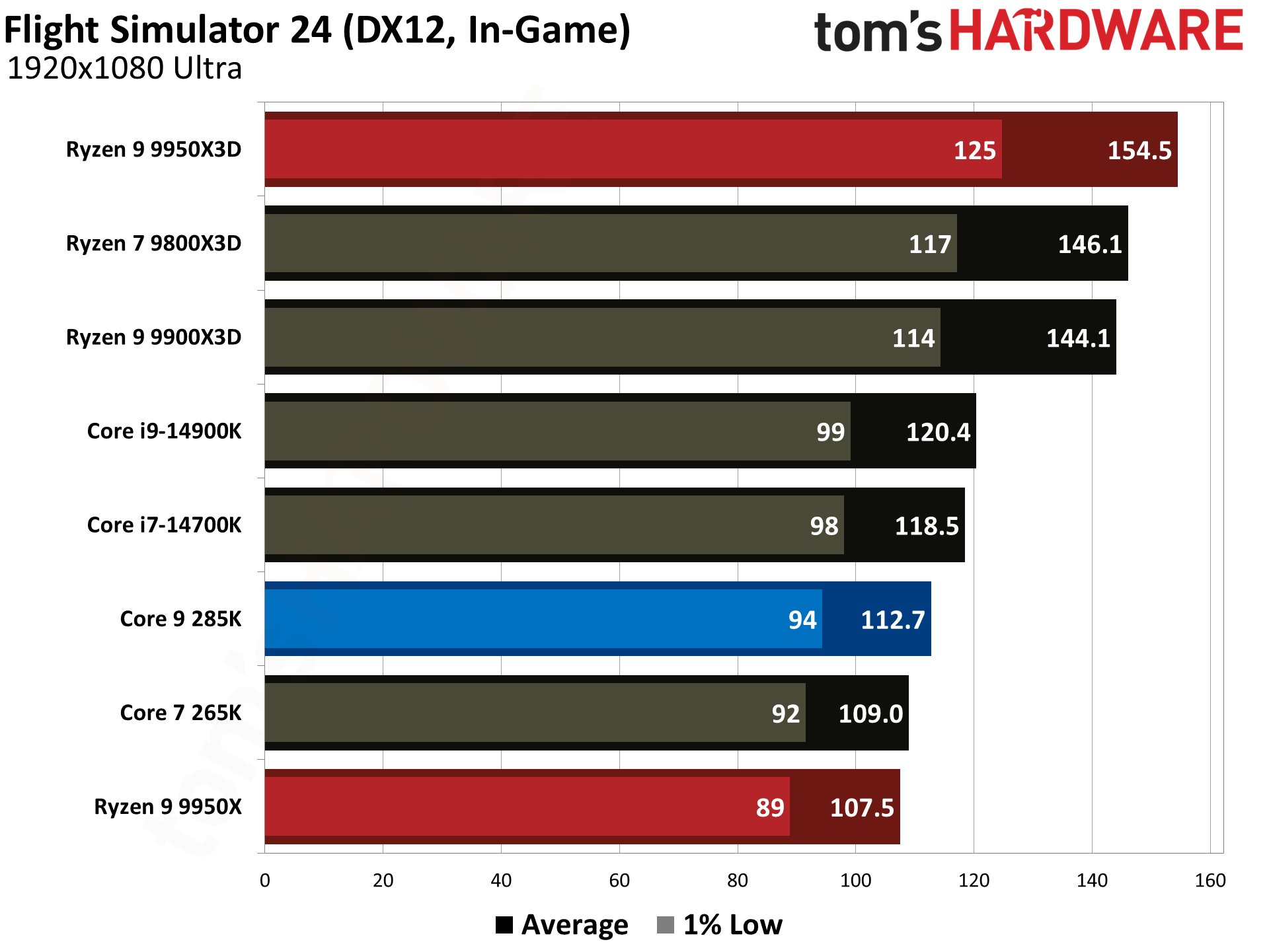
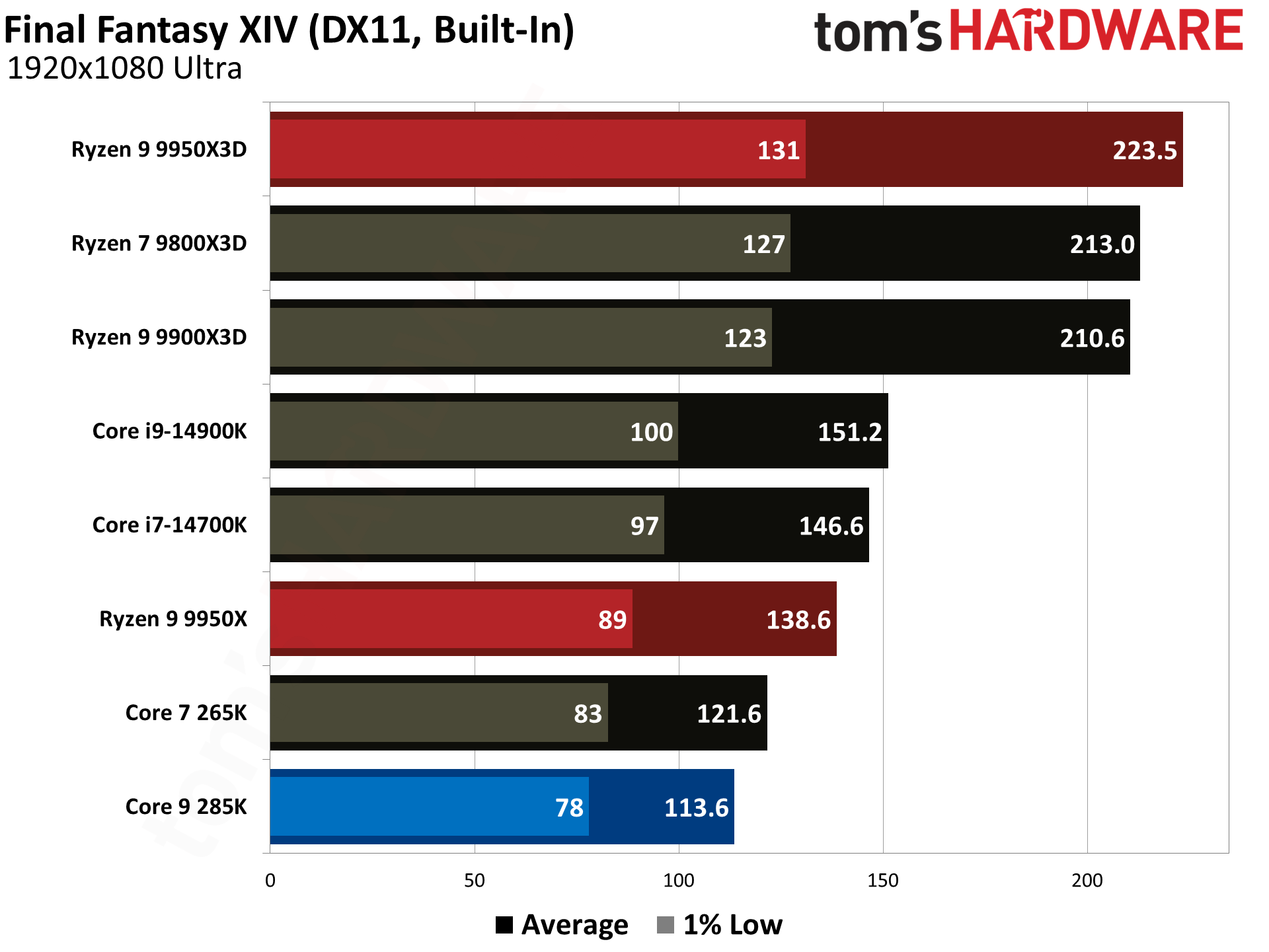
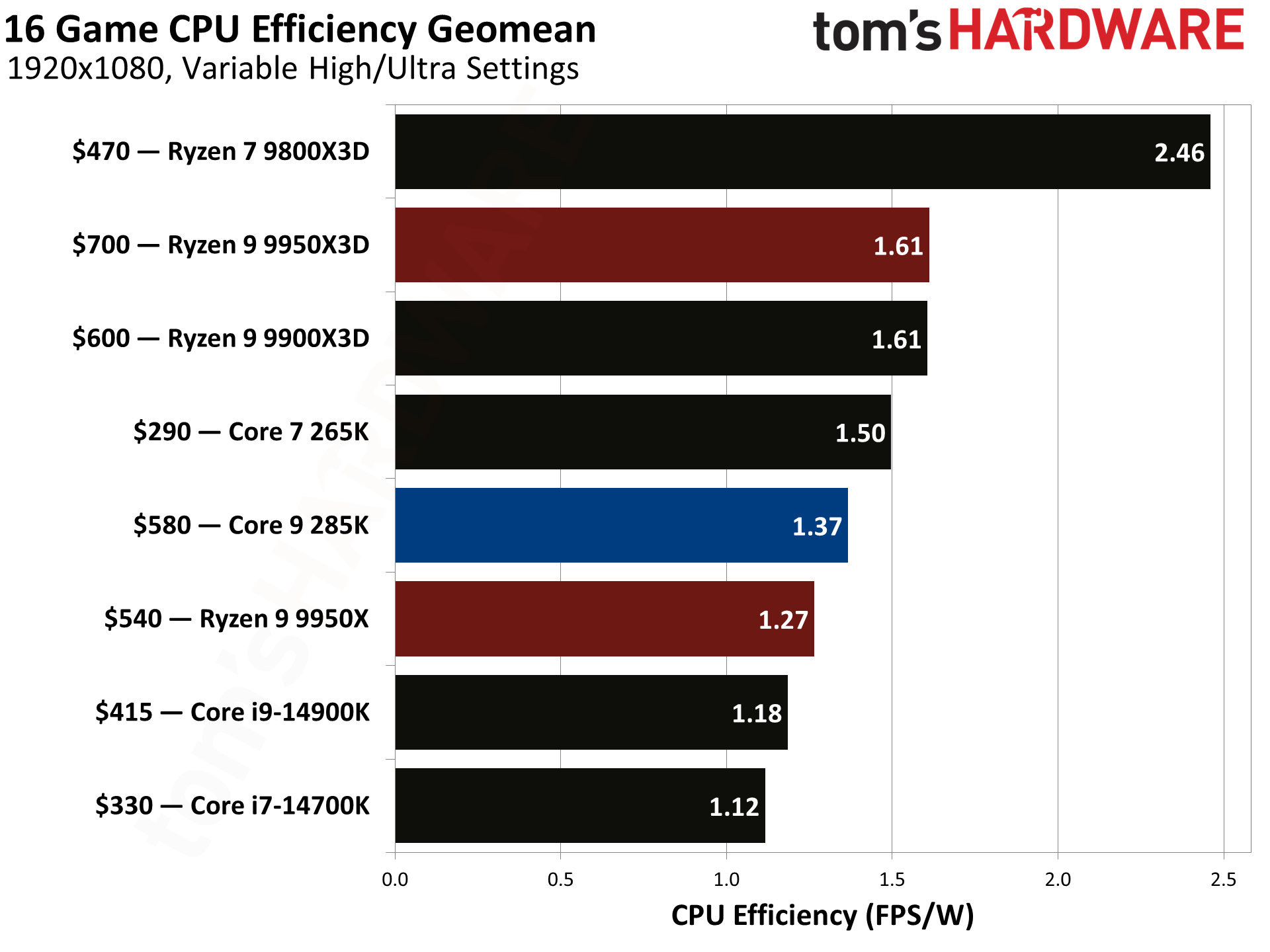
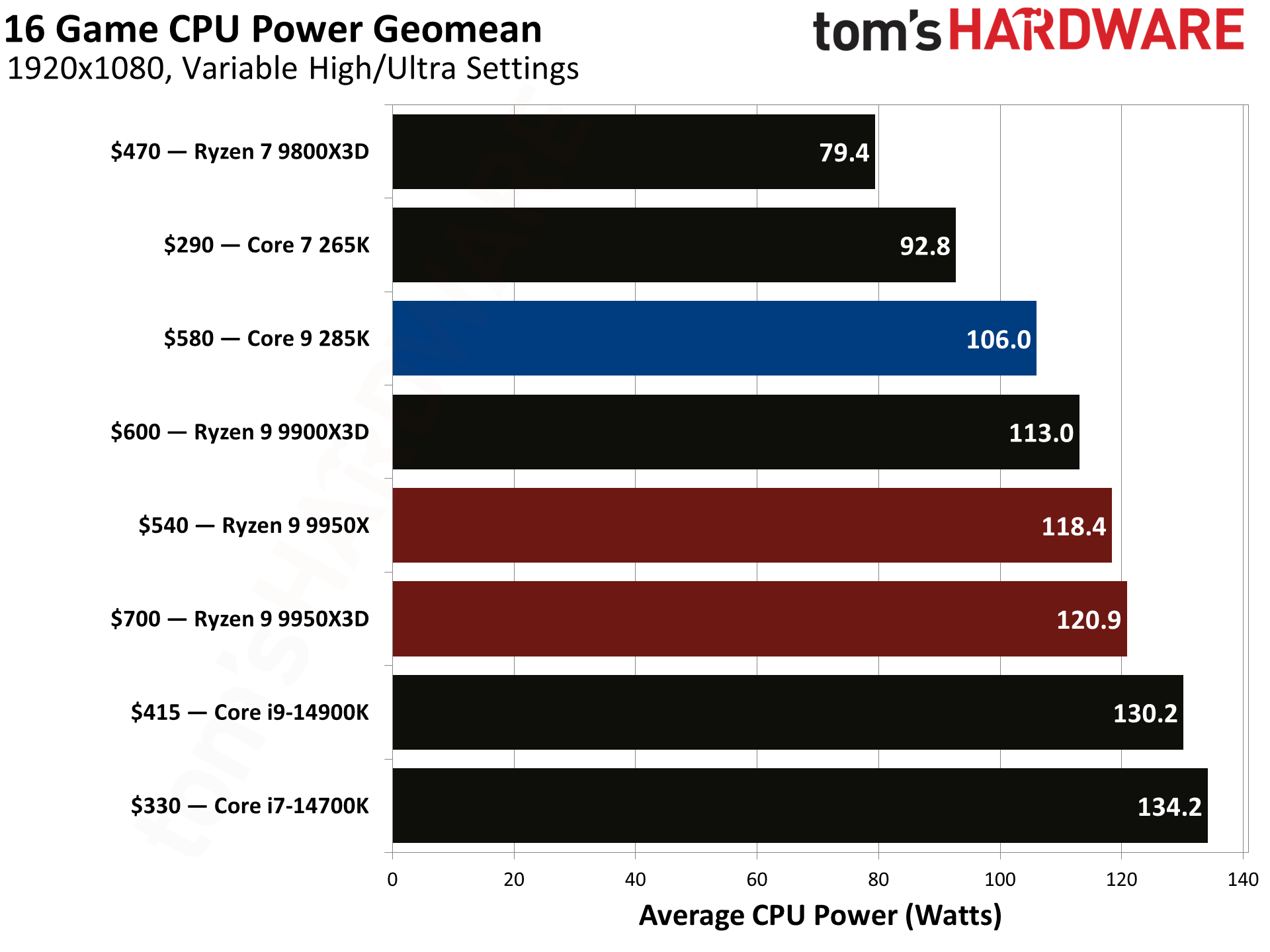
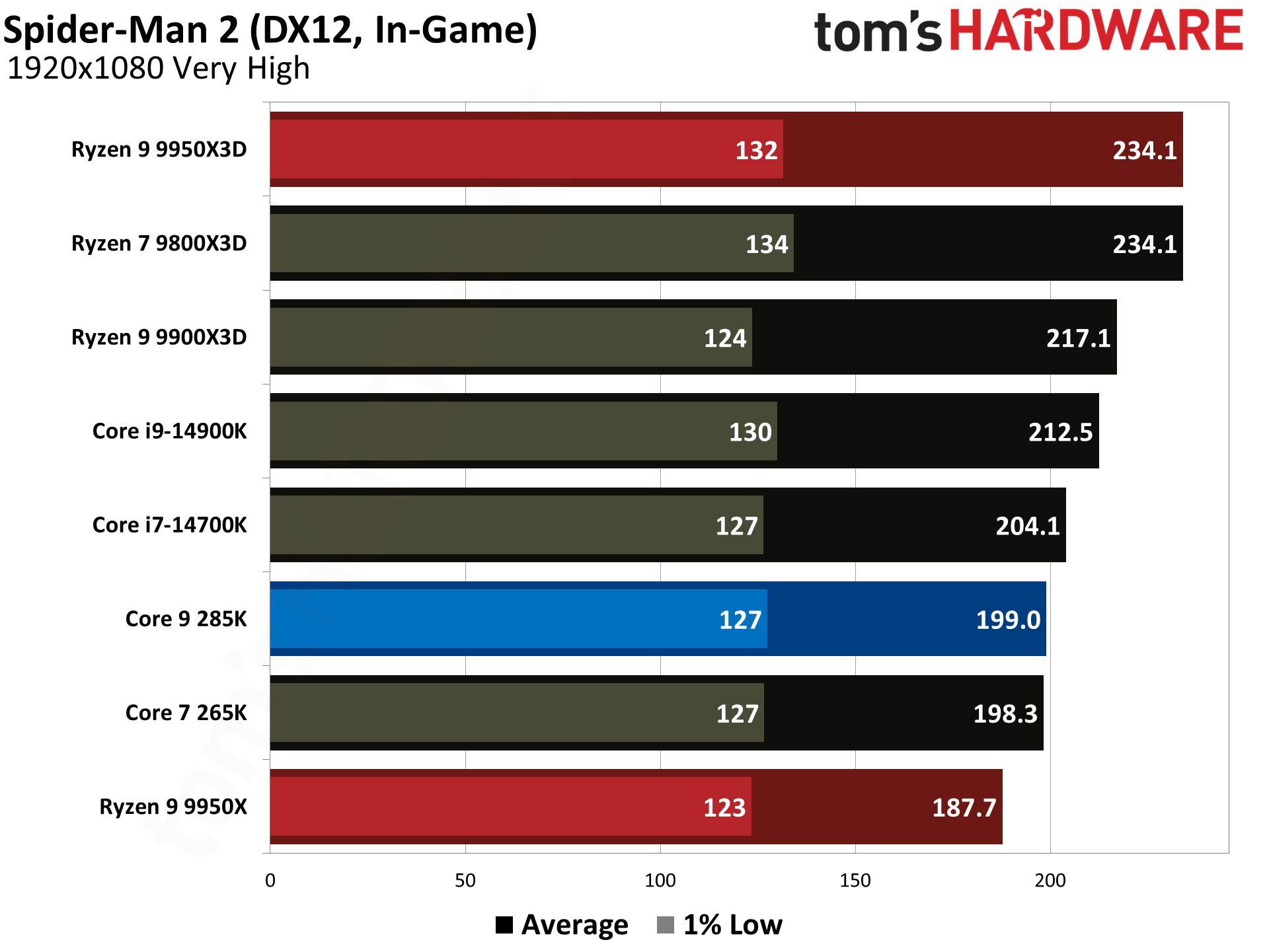
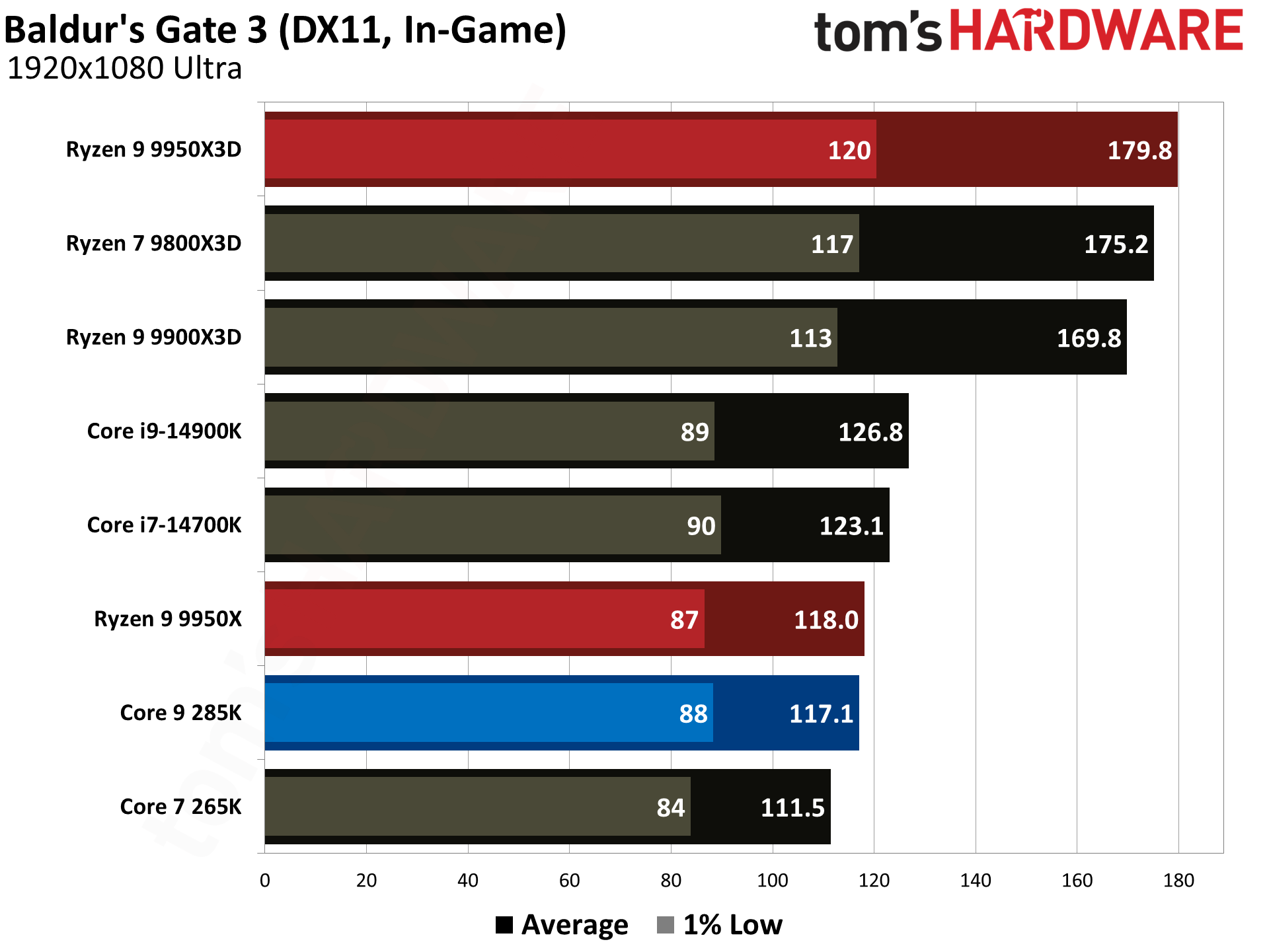
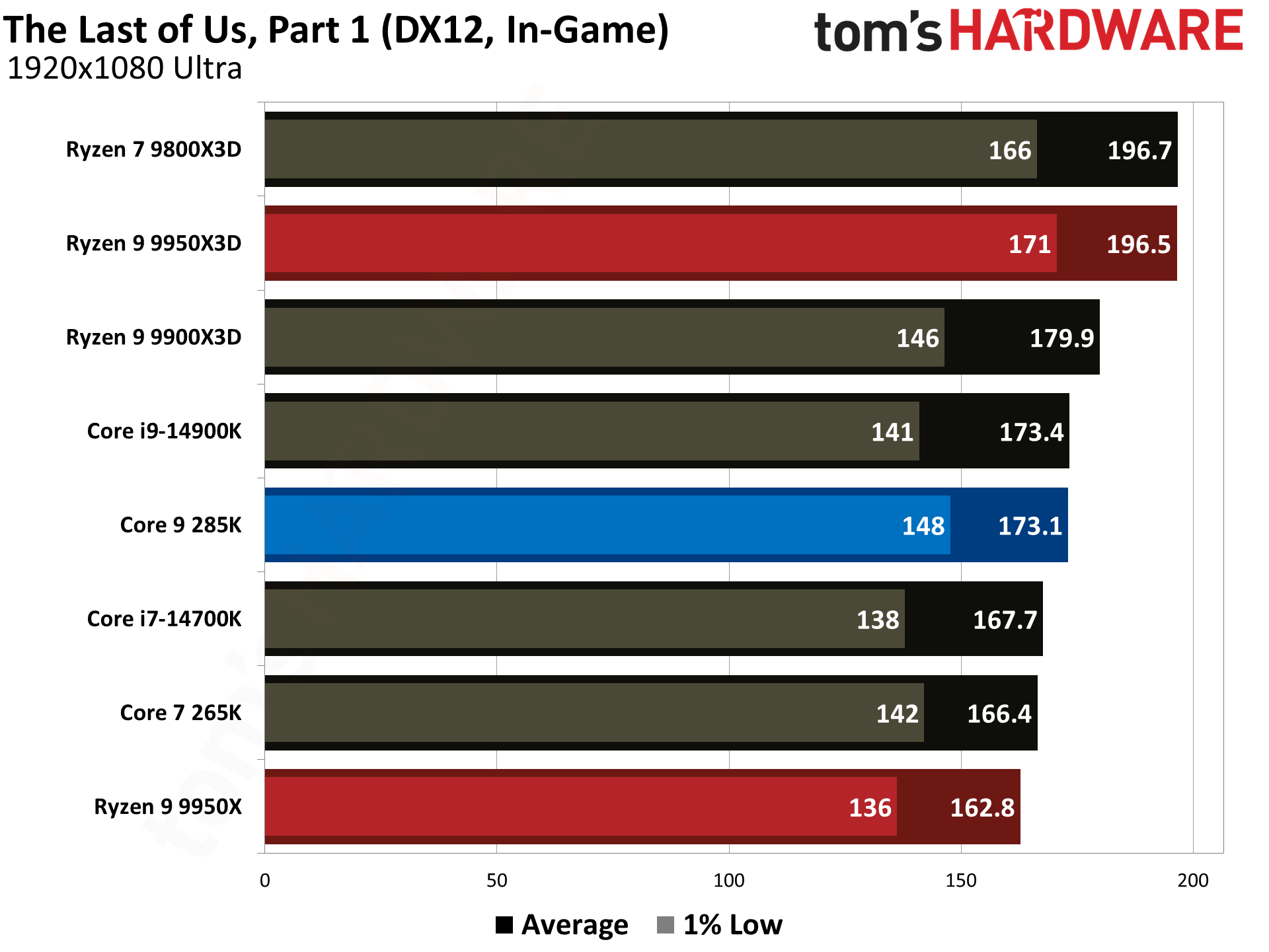
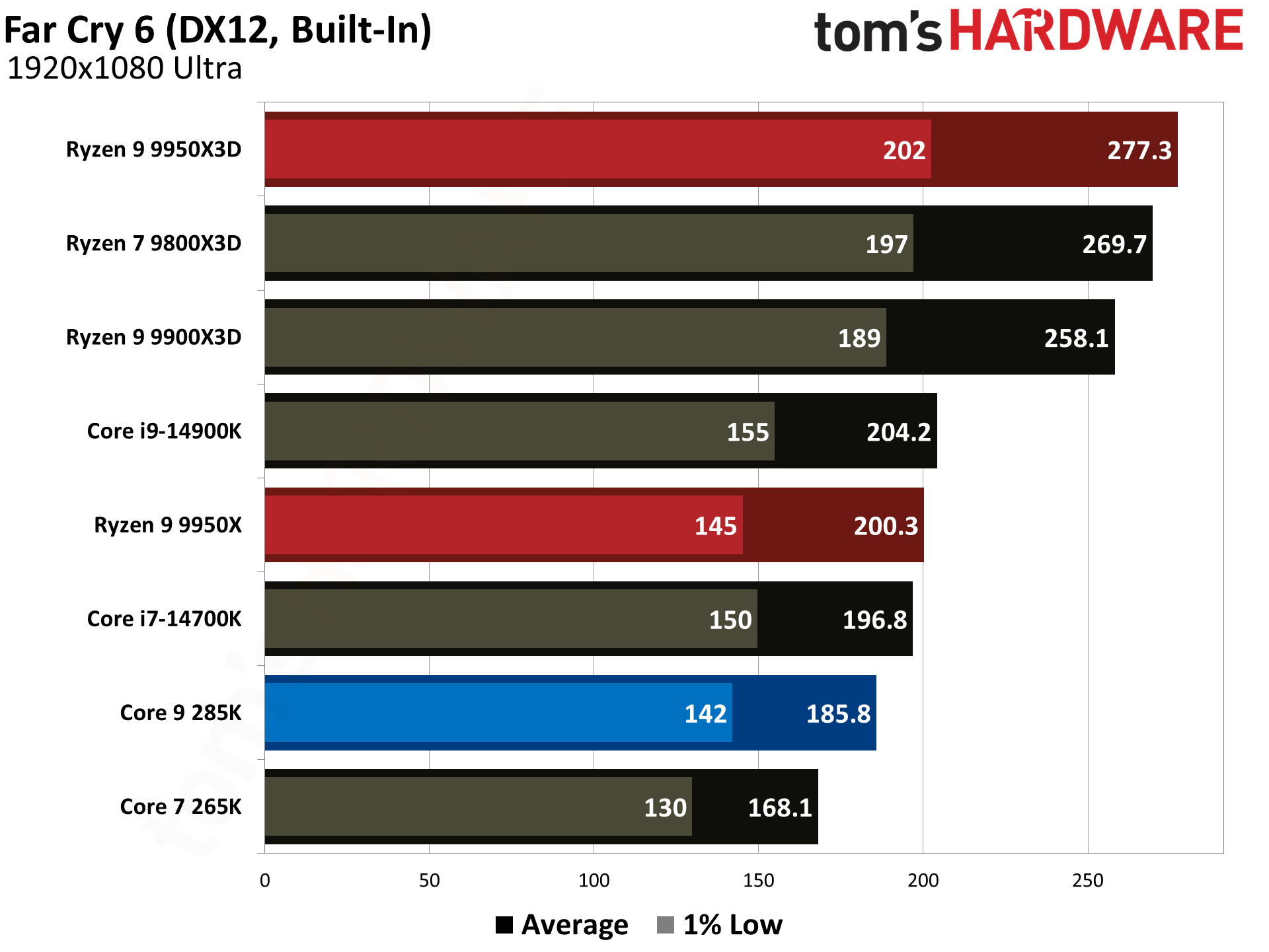
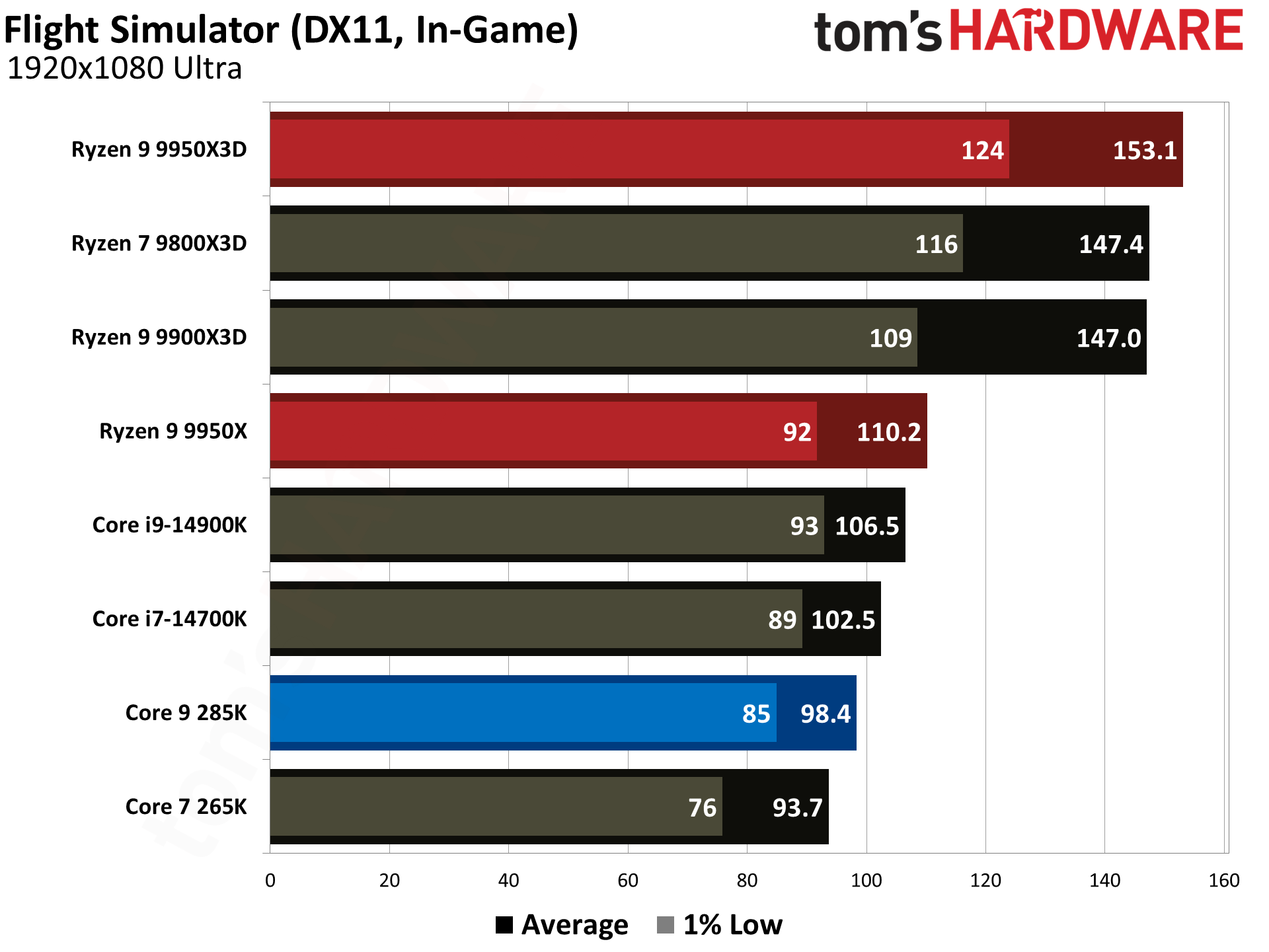
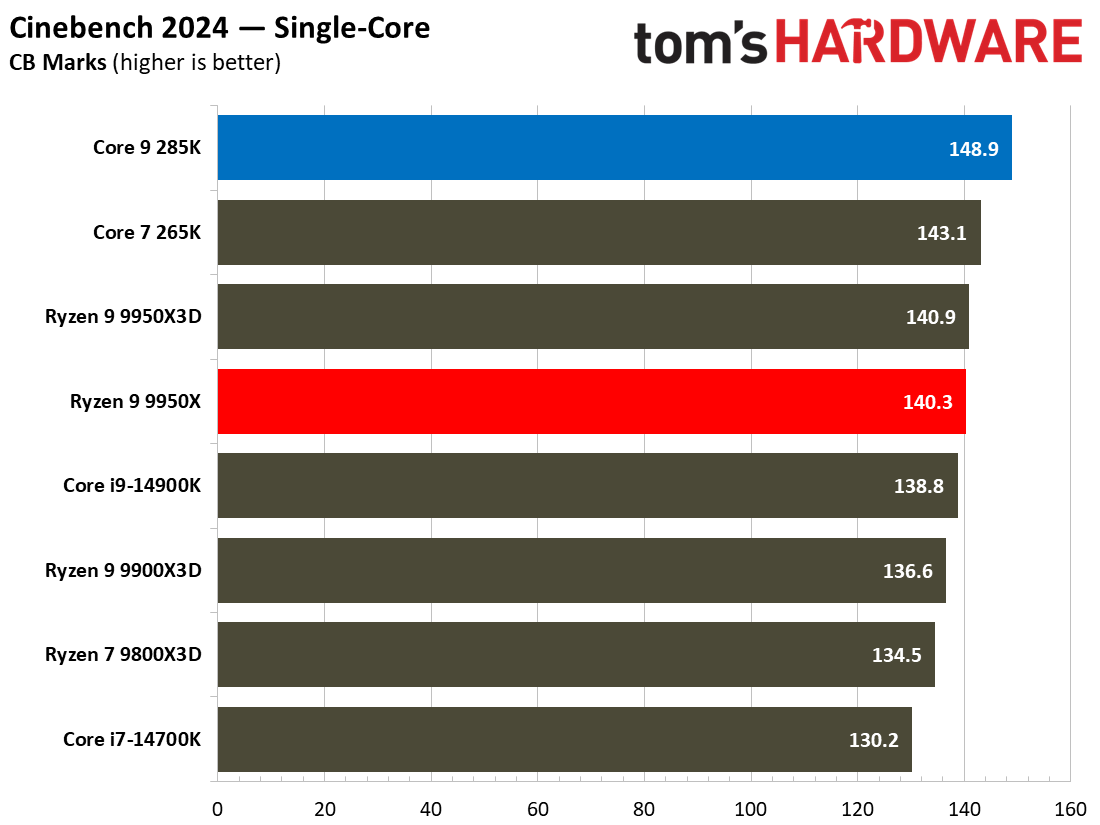
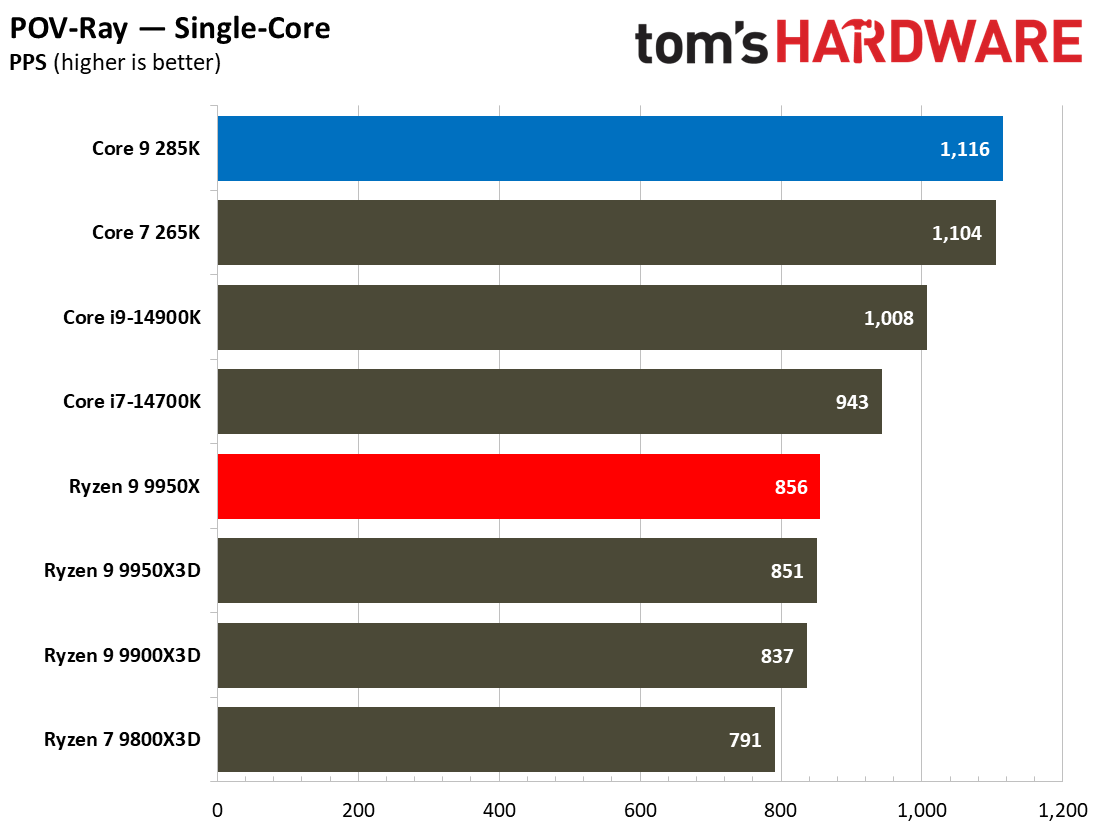

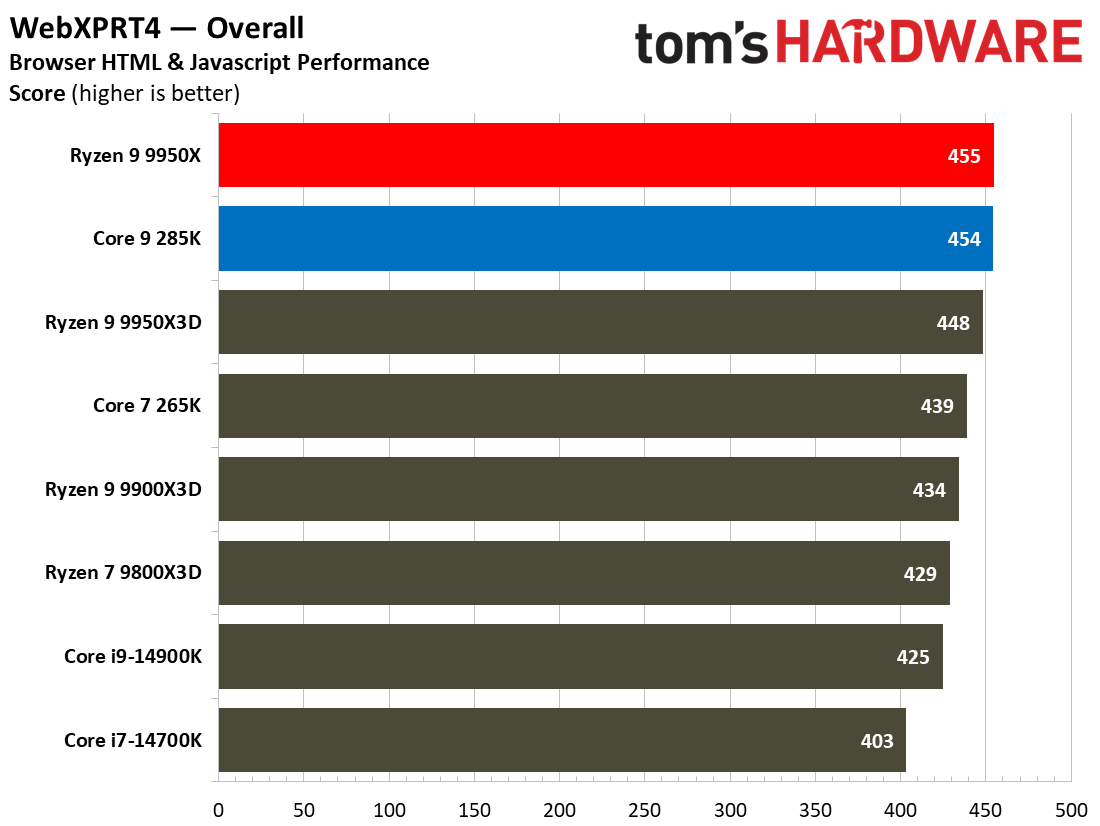
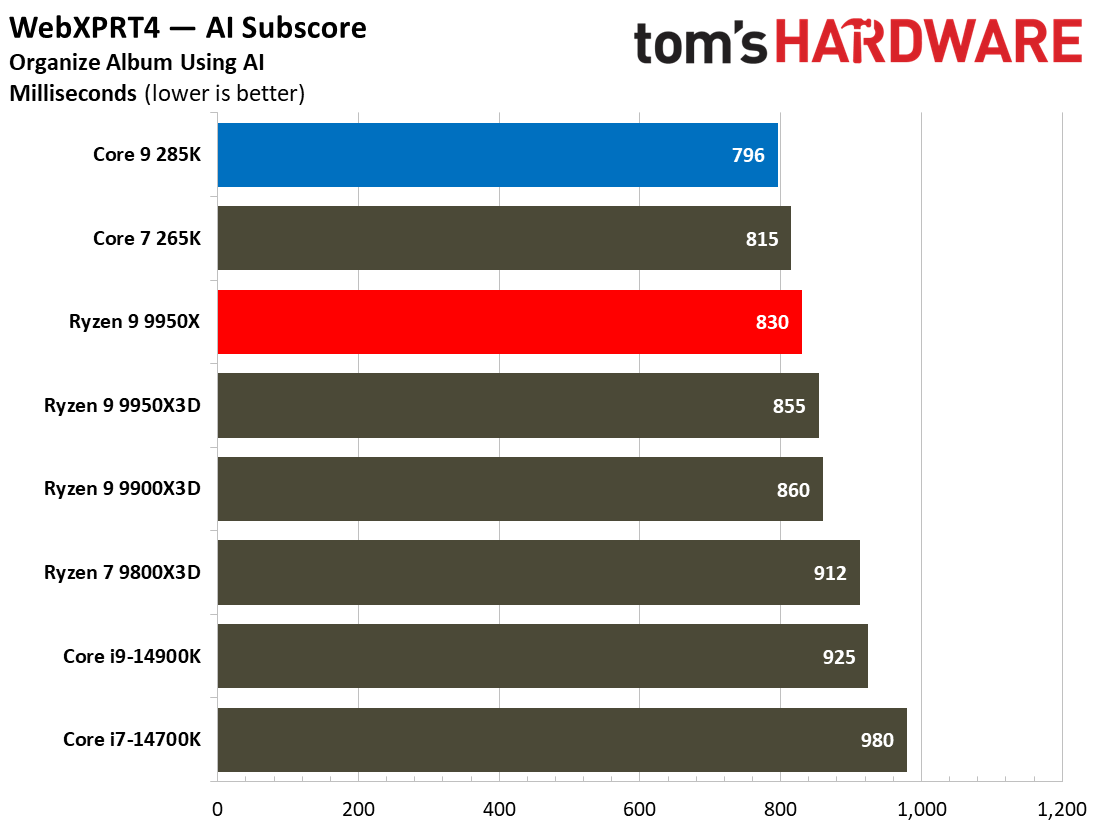
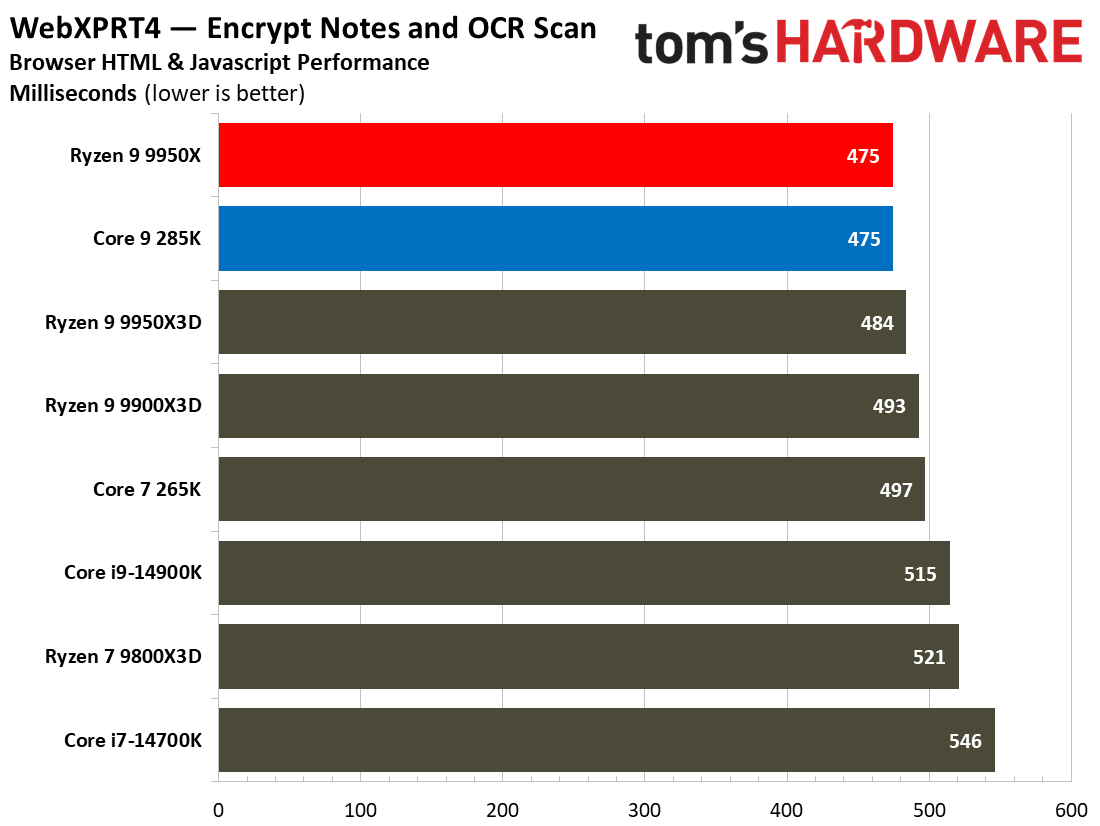
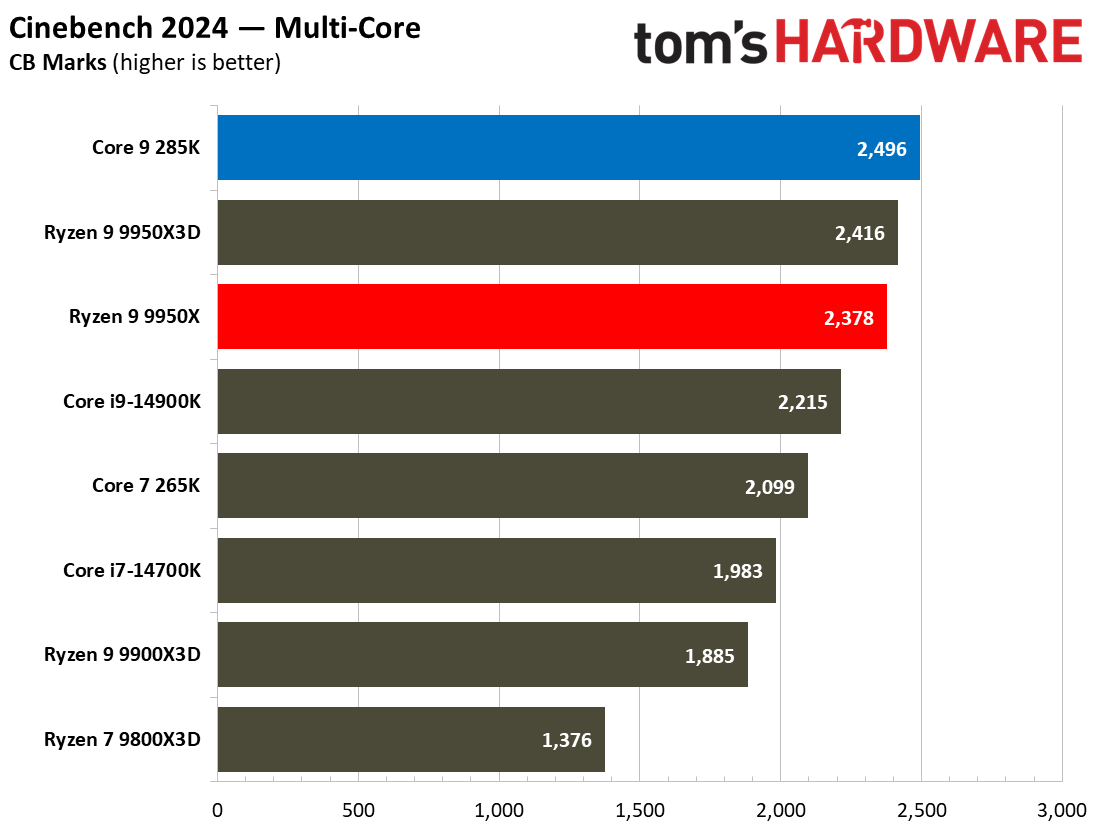
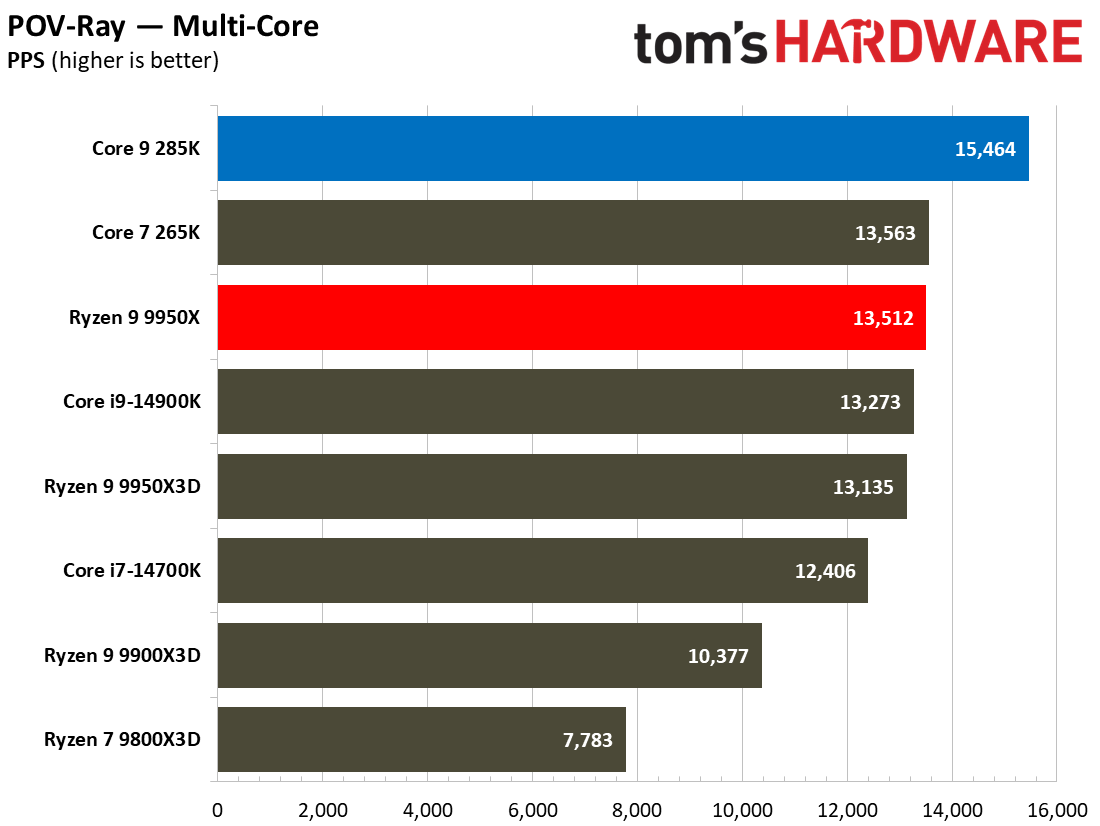
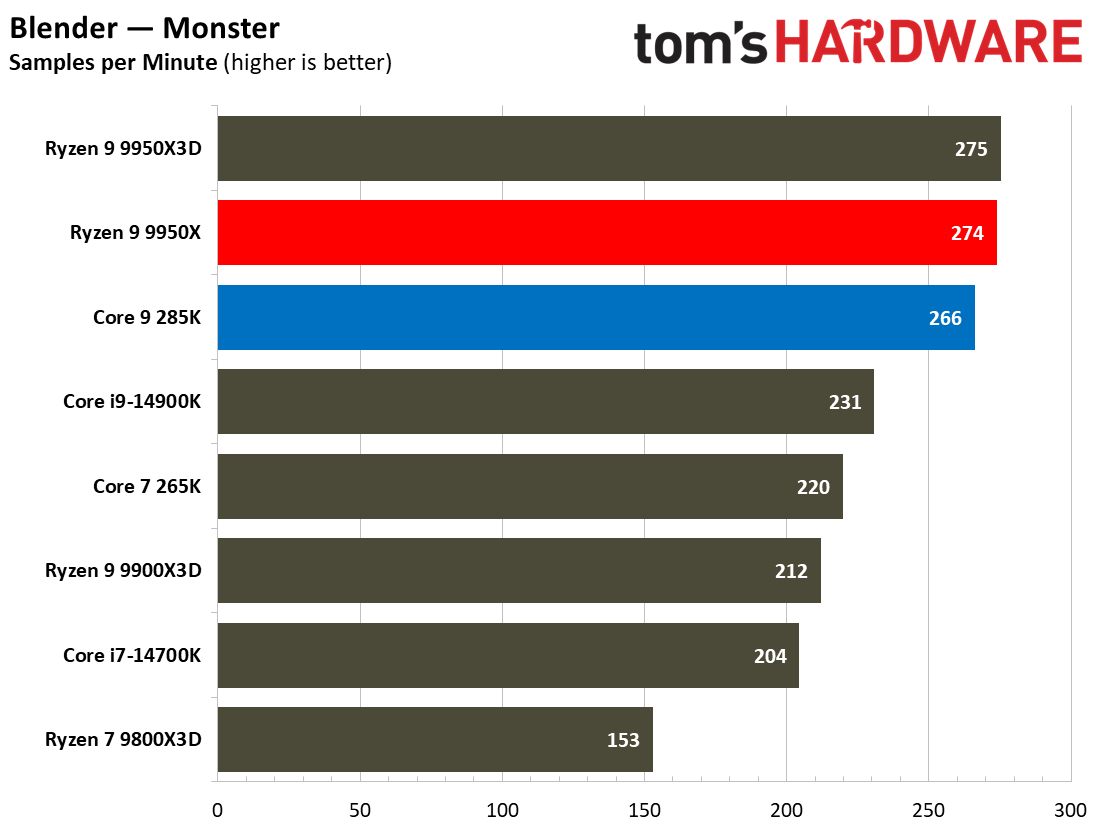
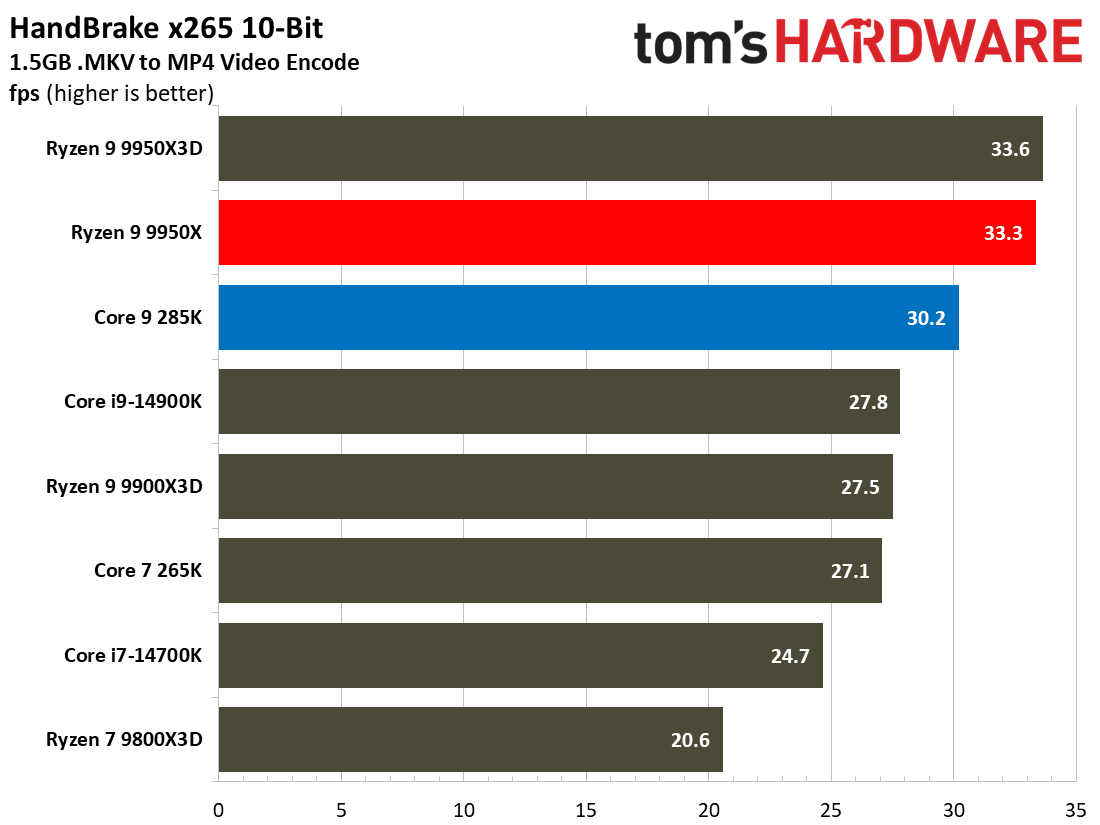
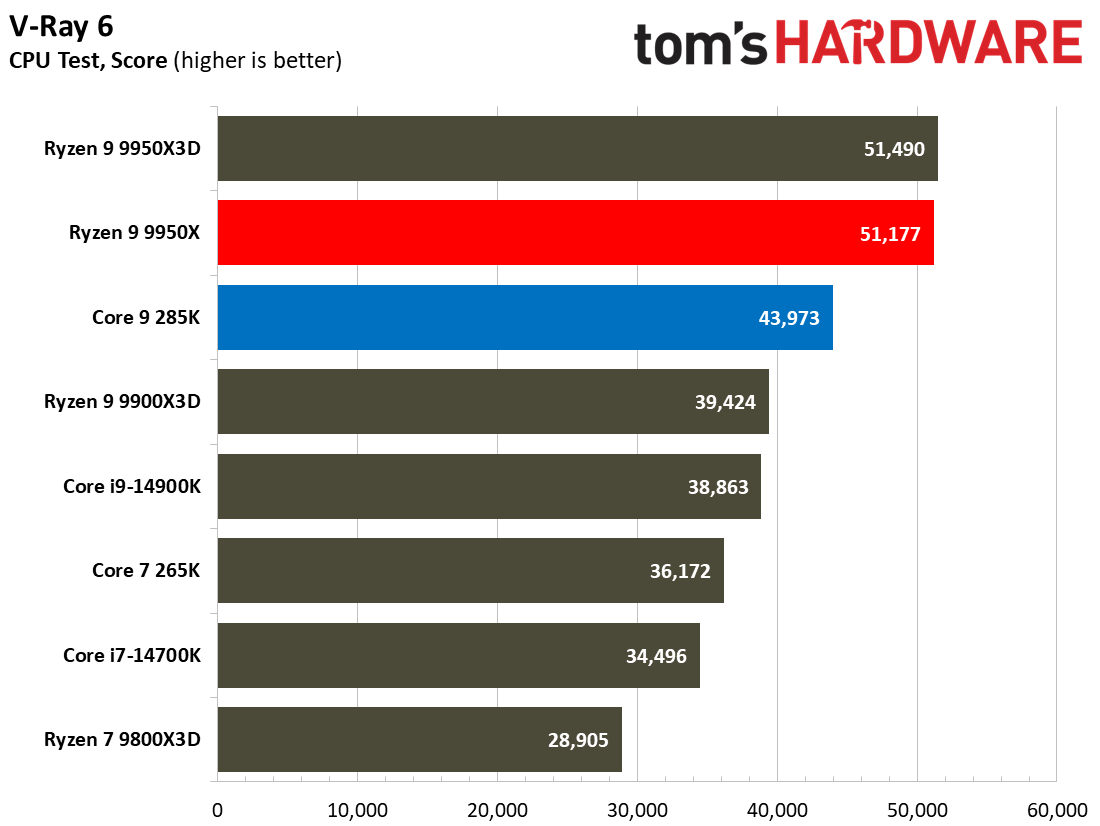
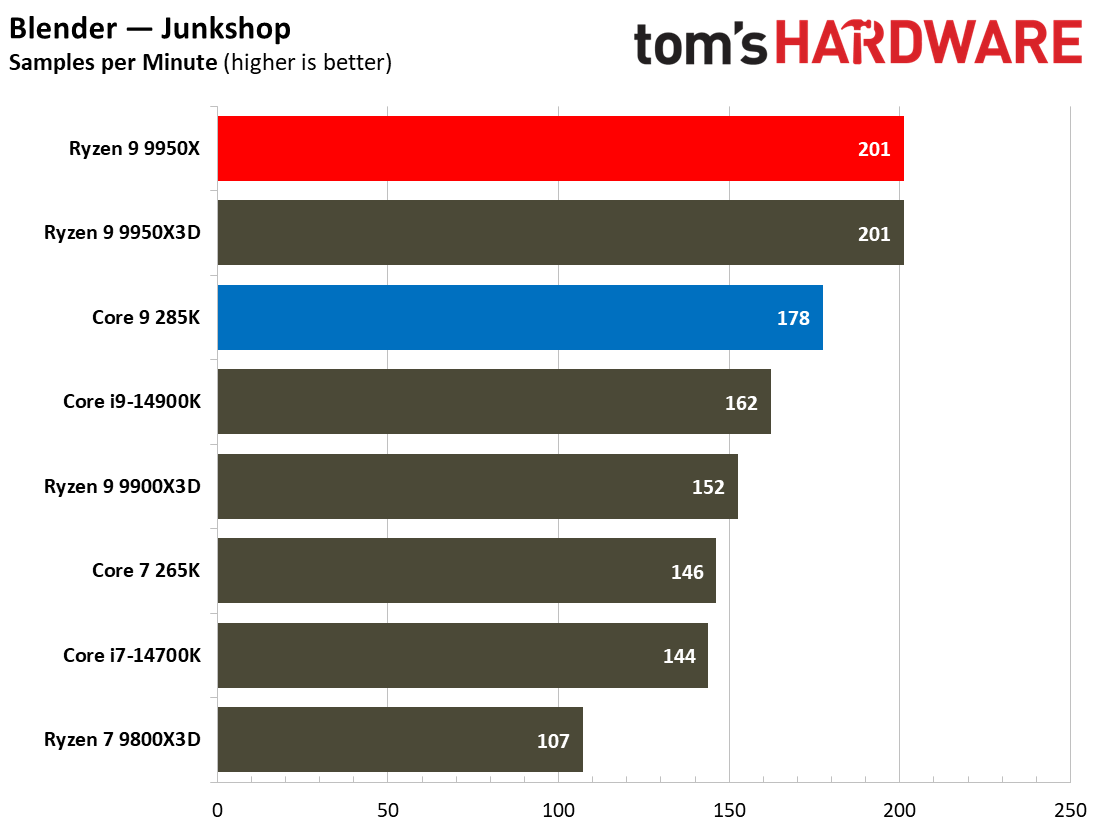
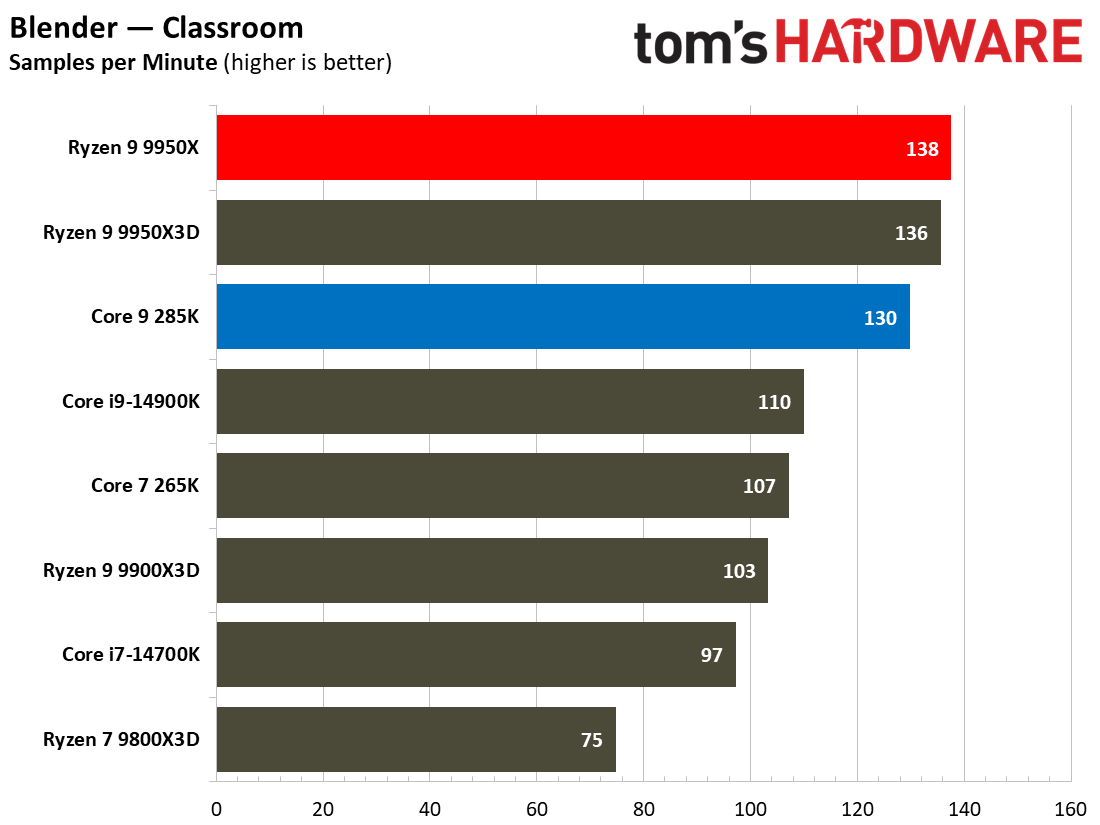
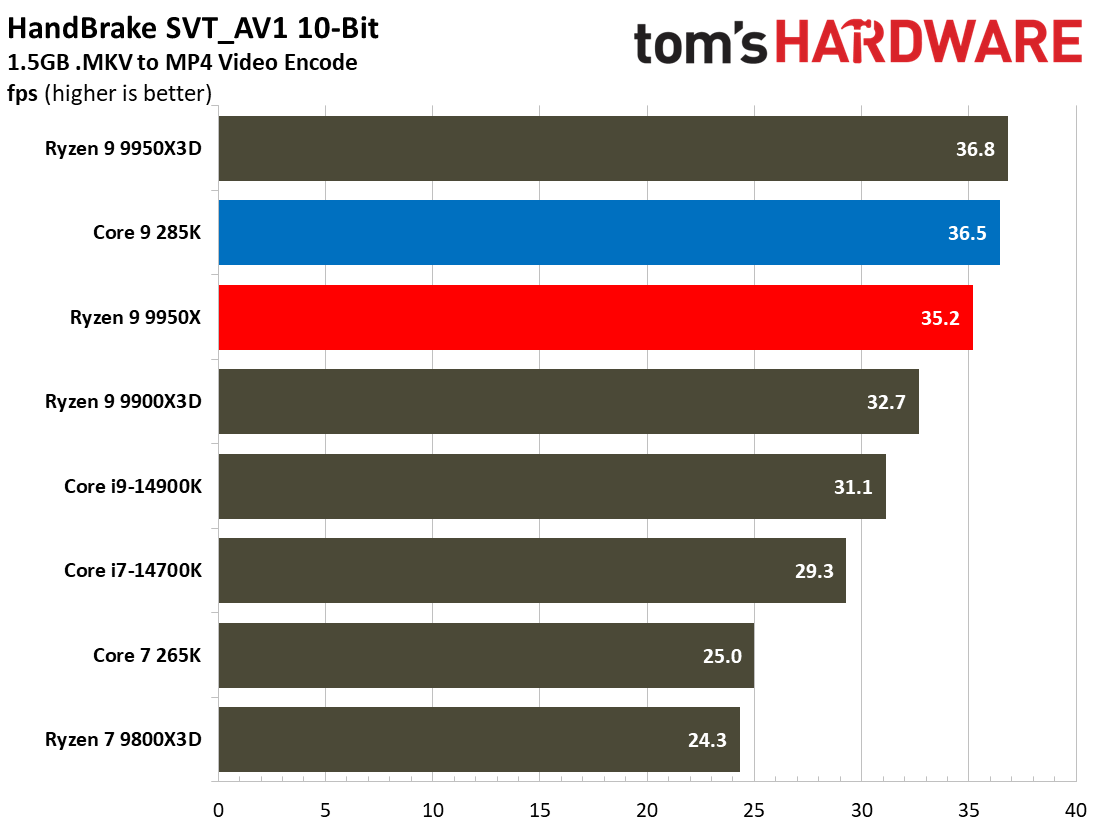
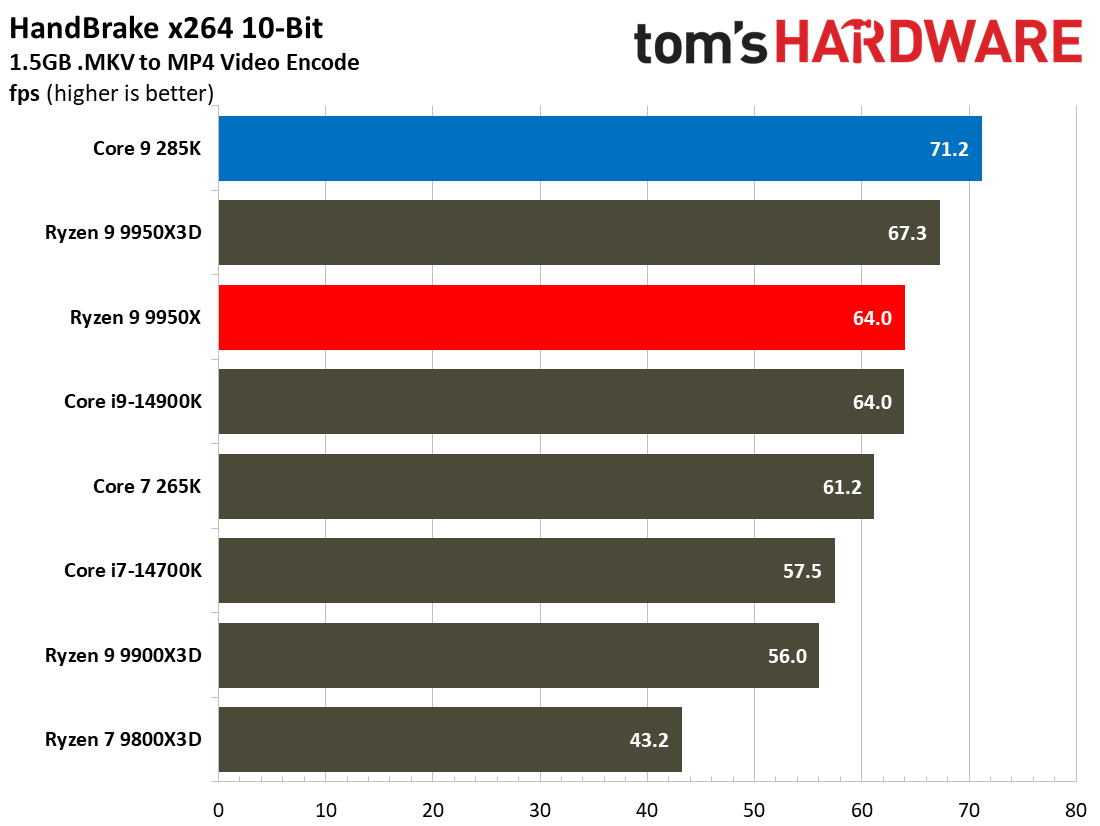
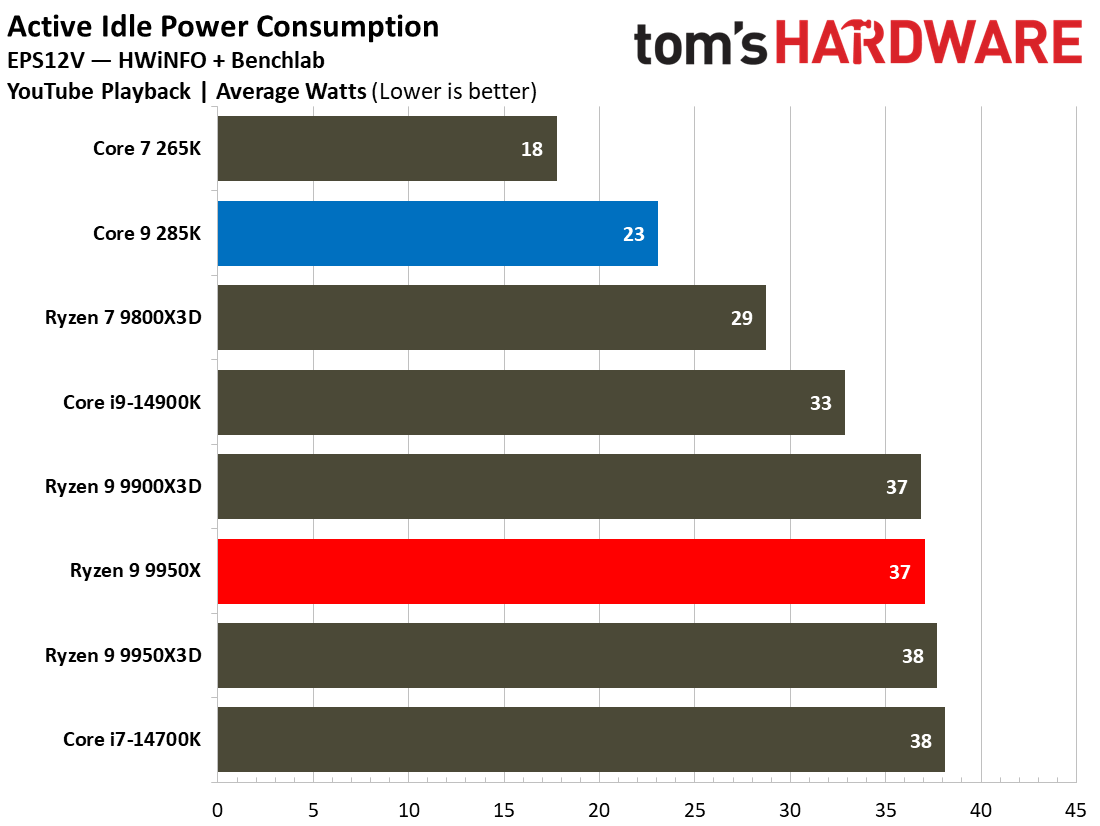


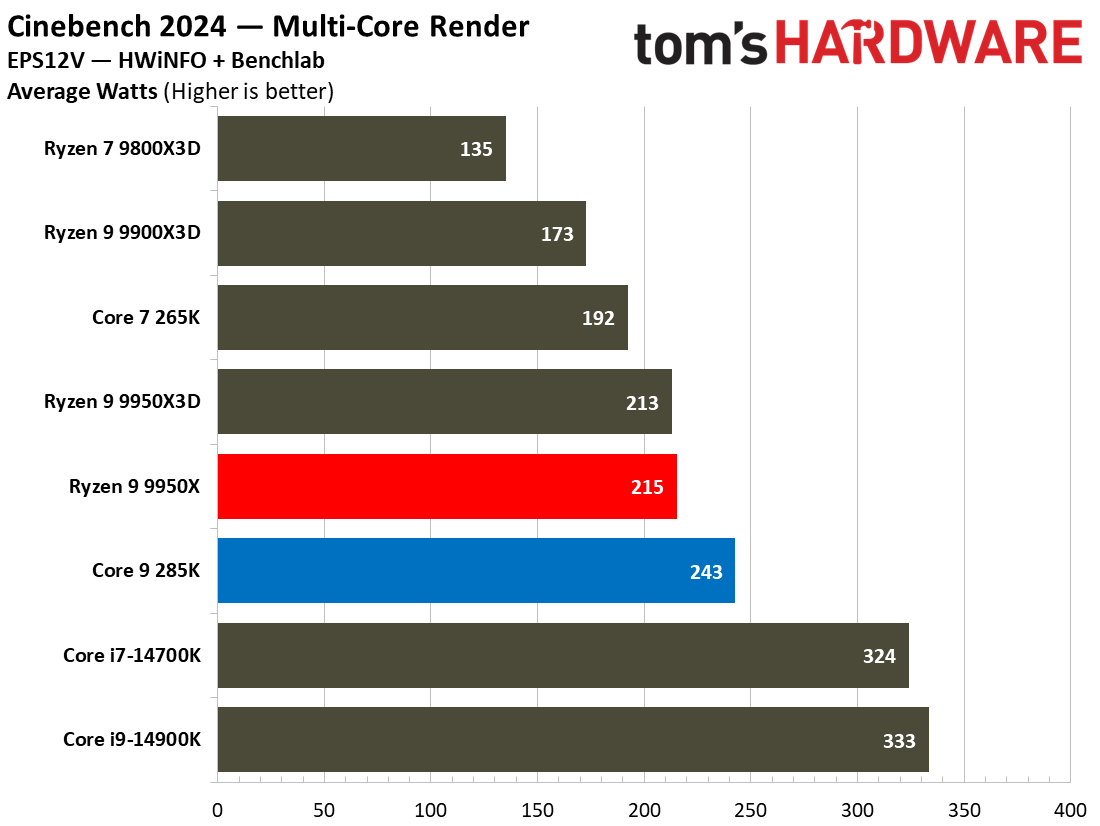
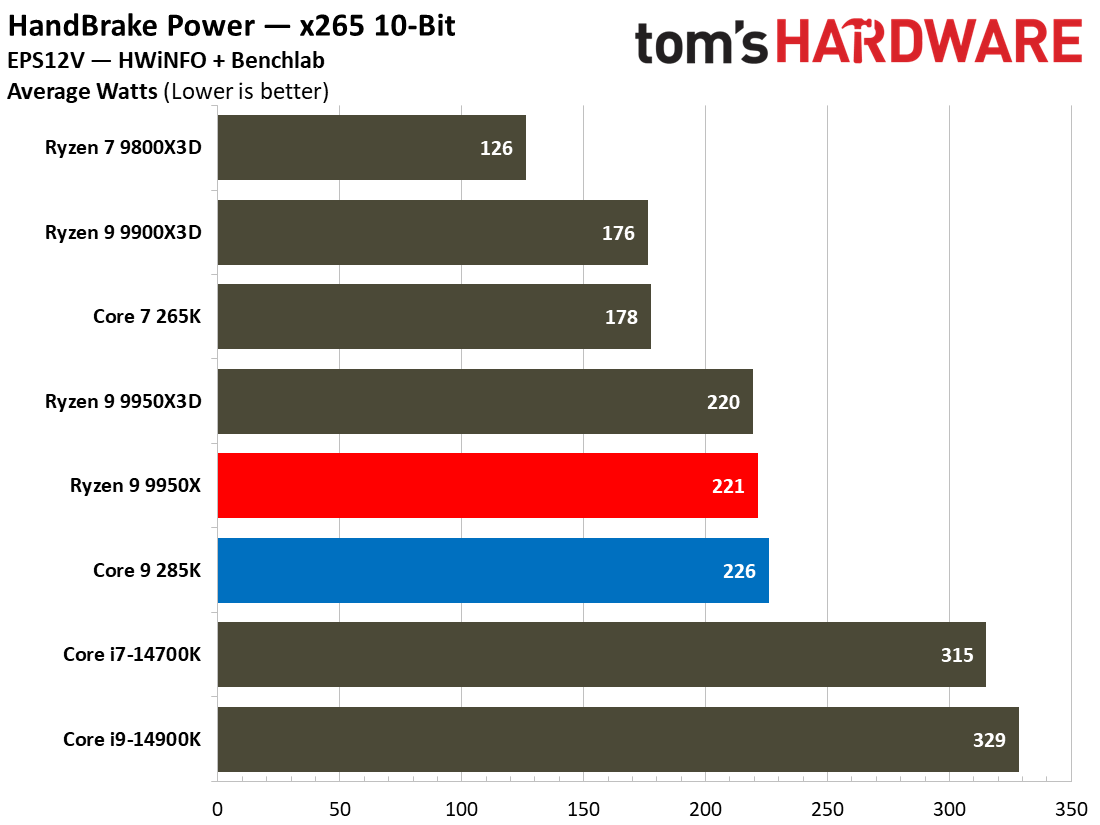
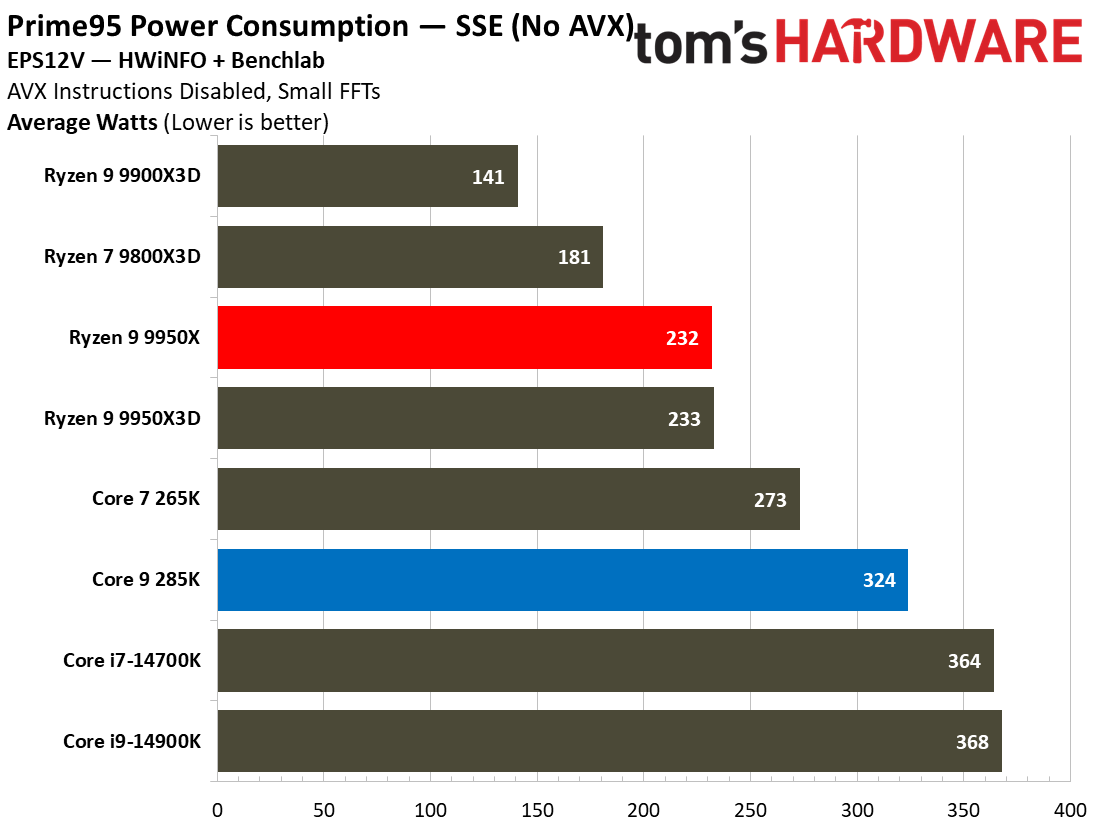
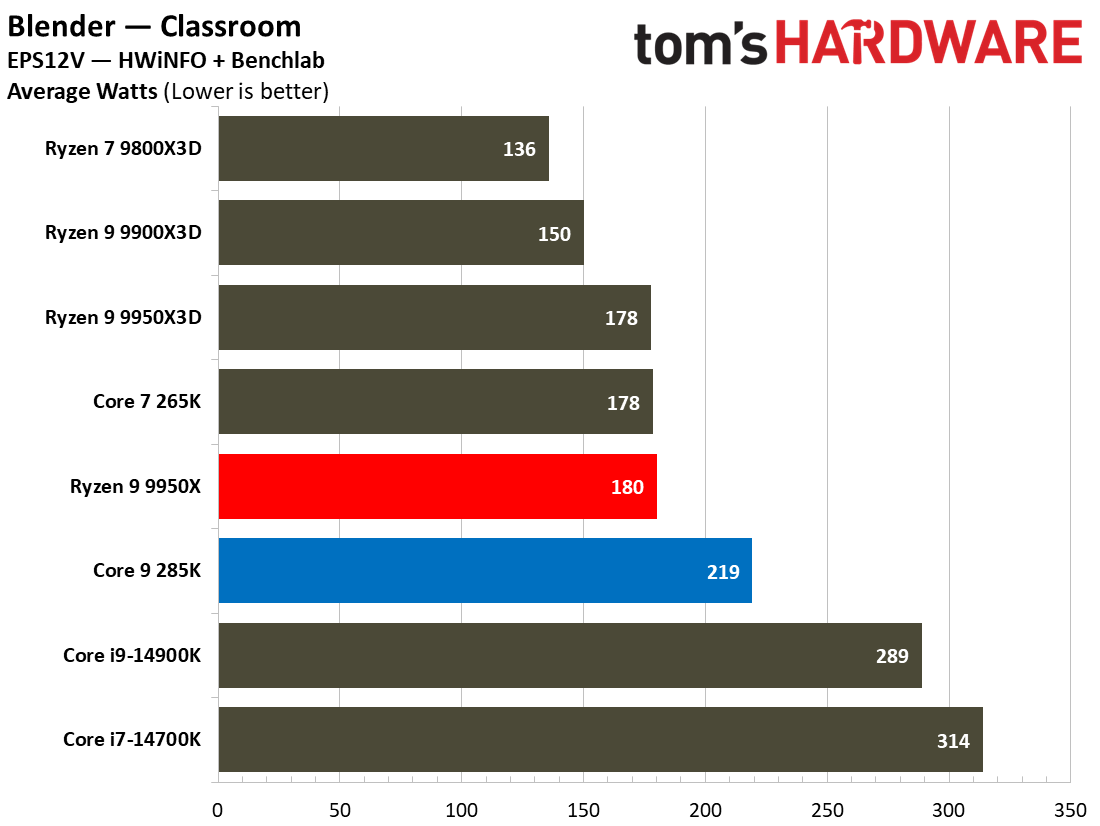

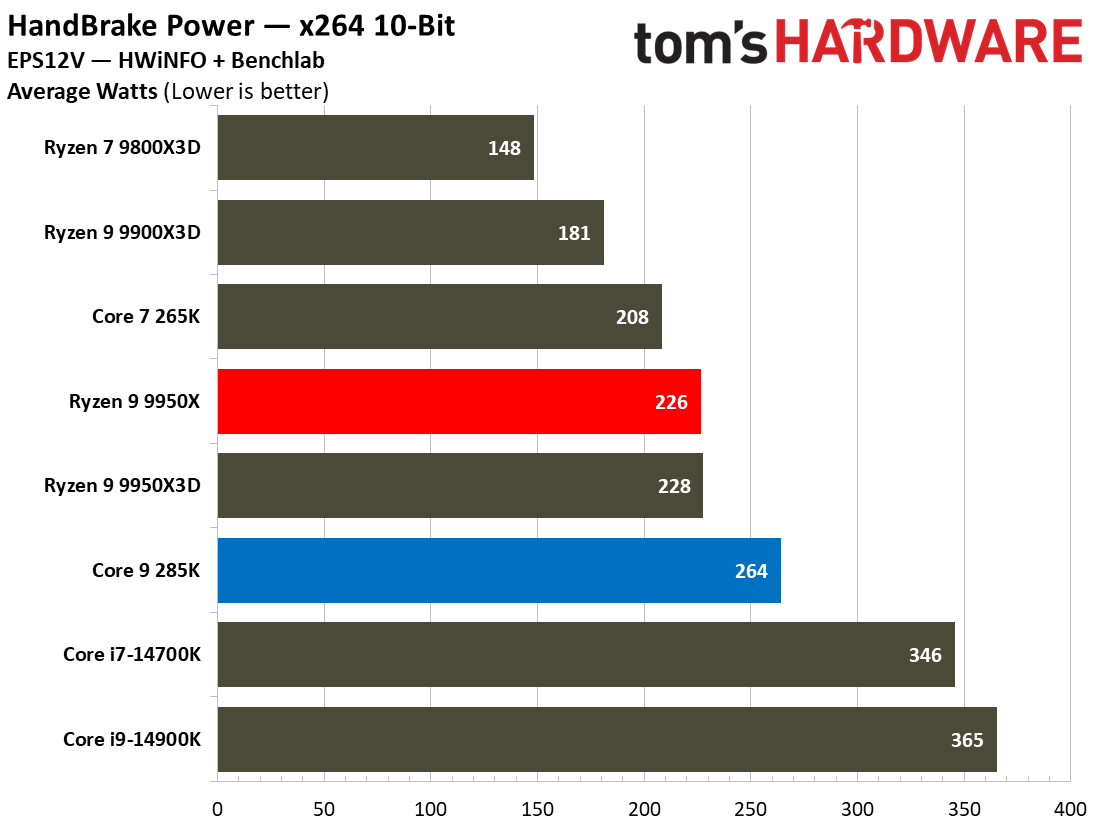
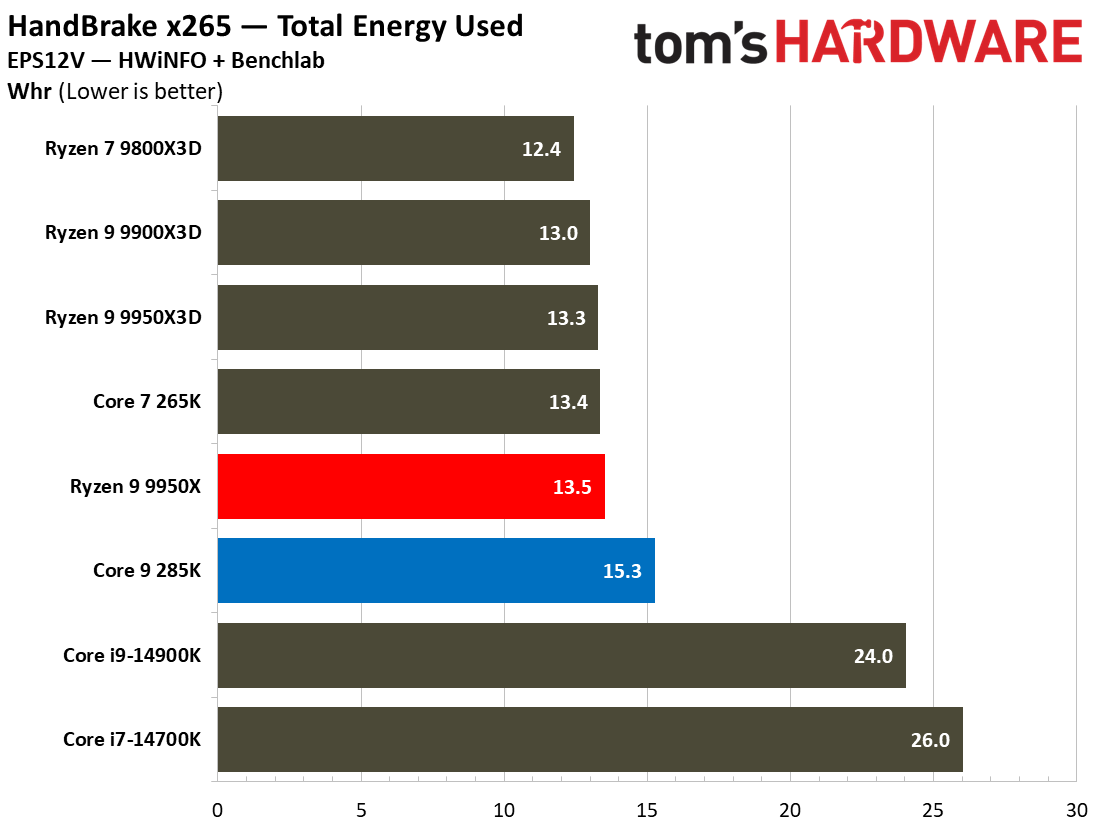
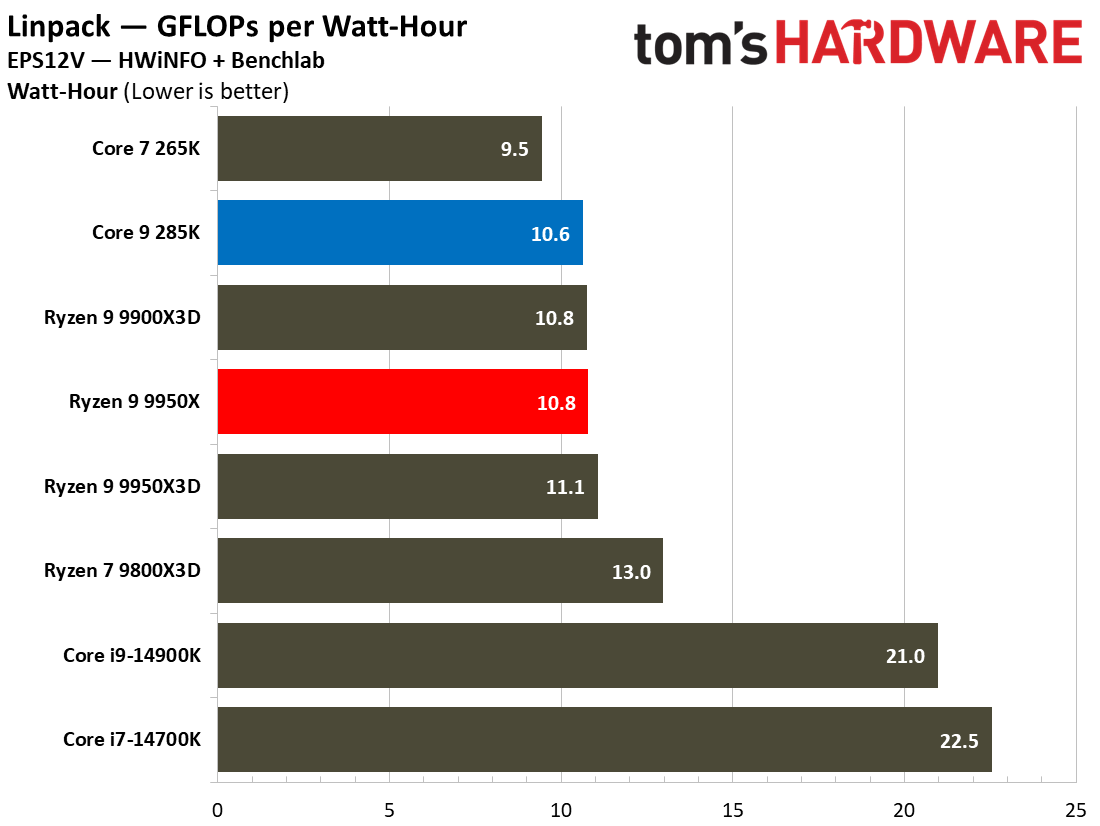
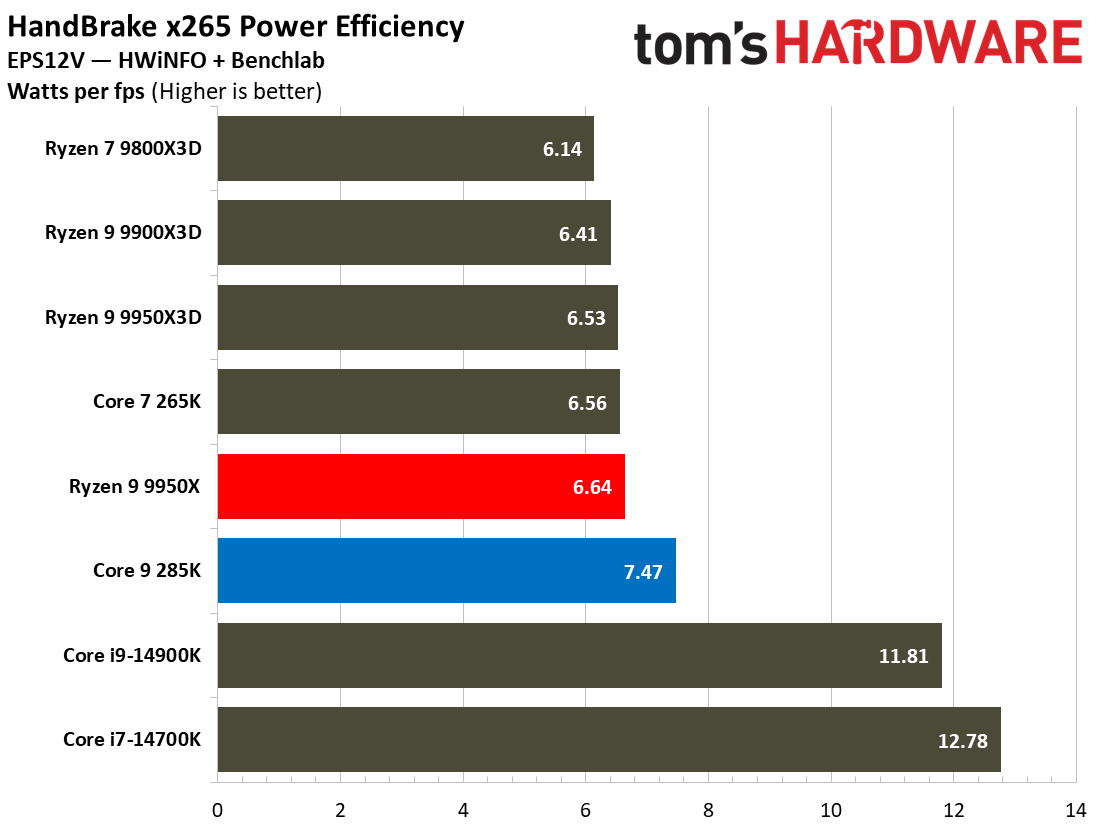
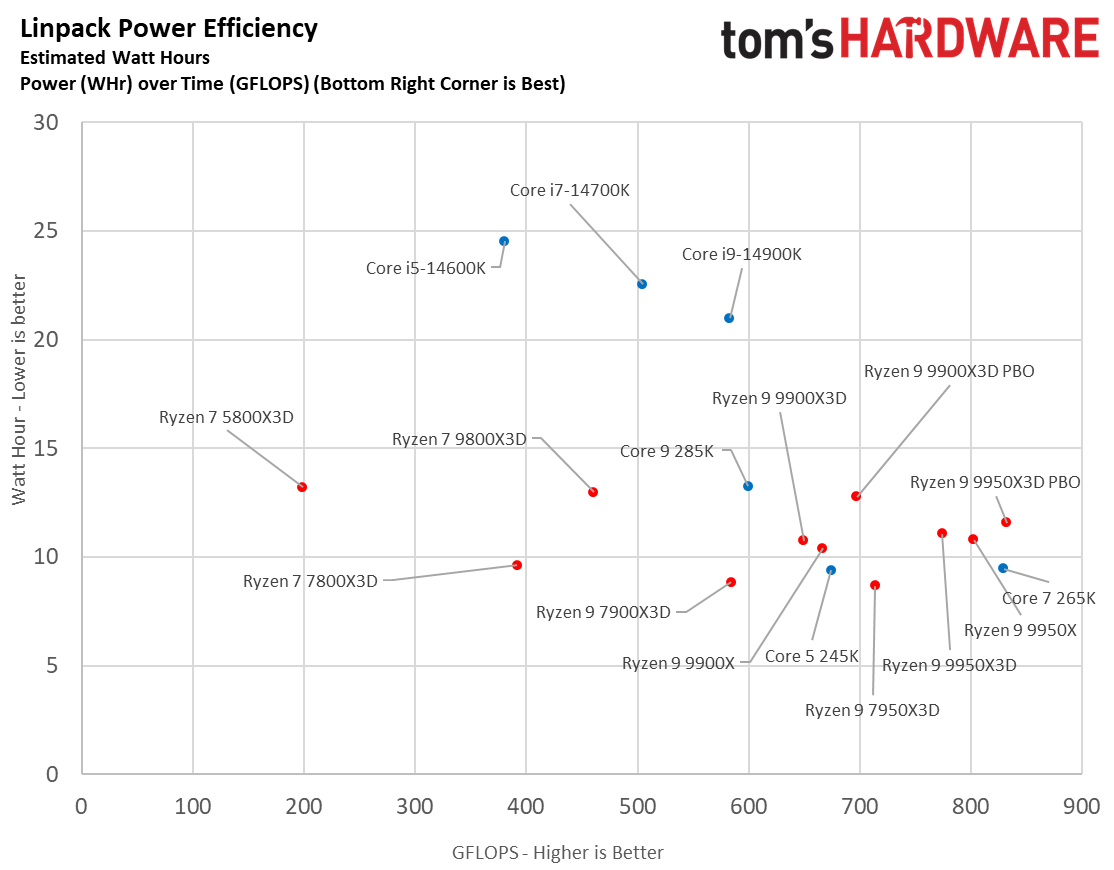
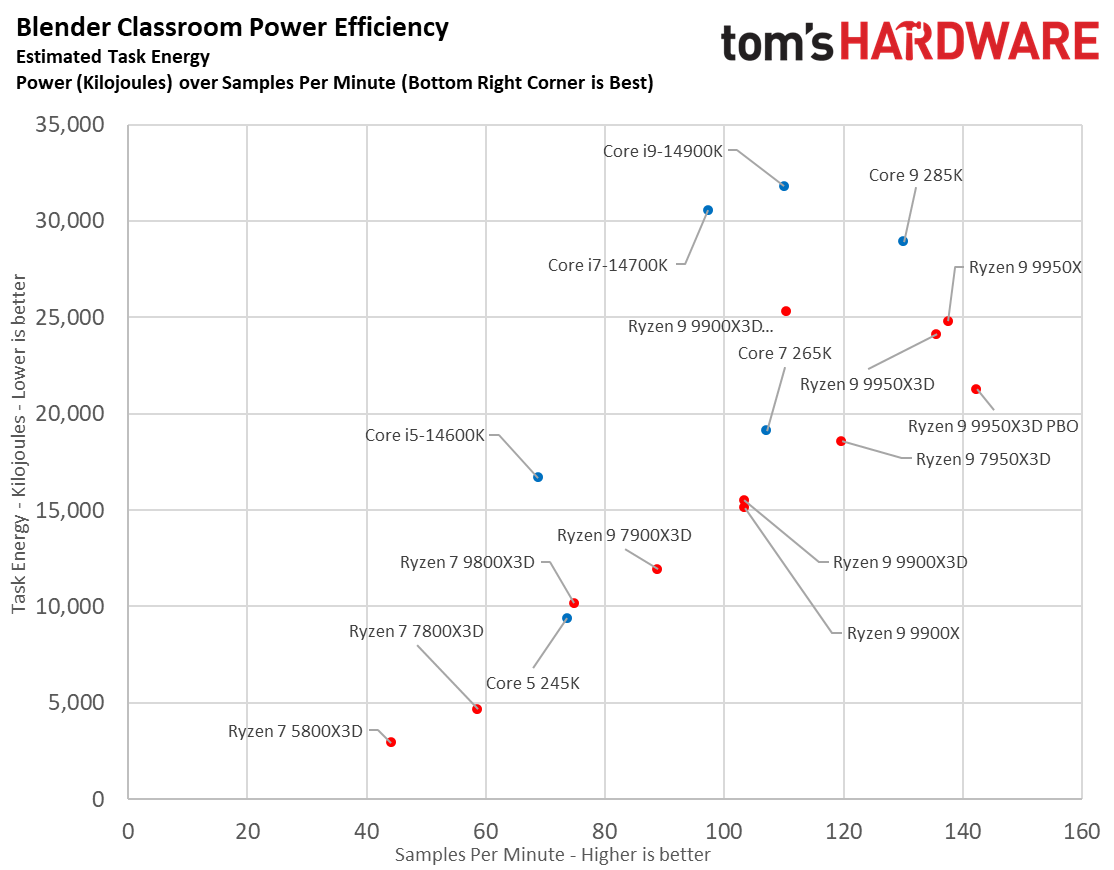
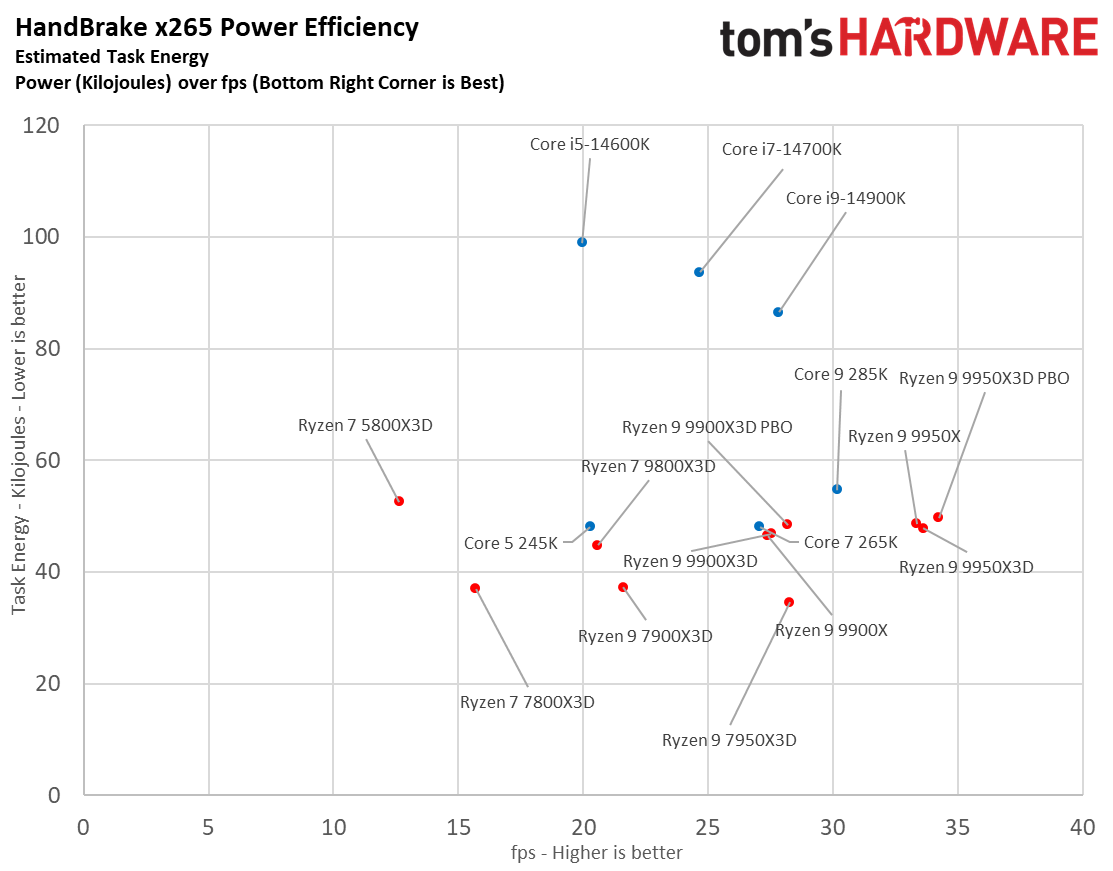





 English (US) ·
English (US) ·